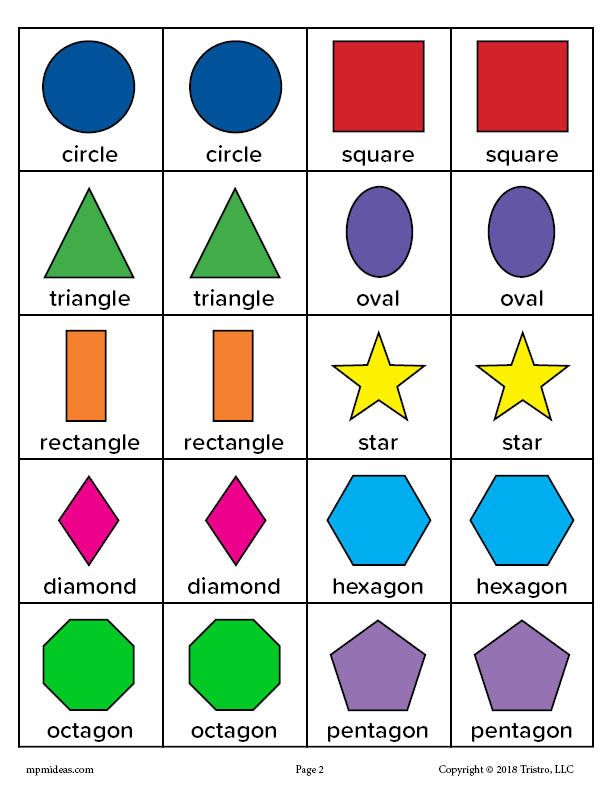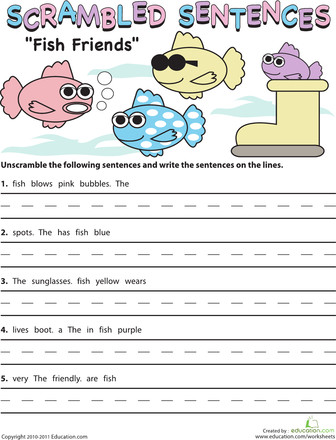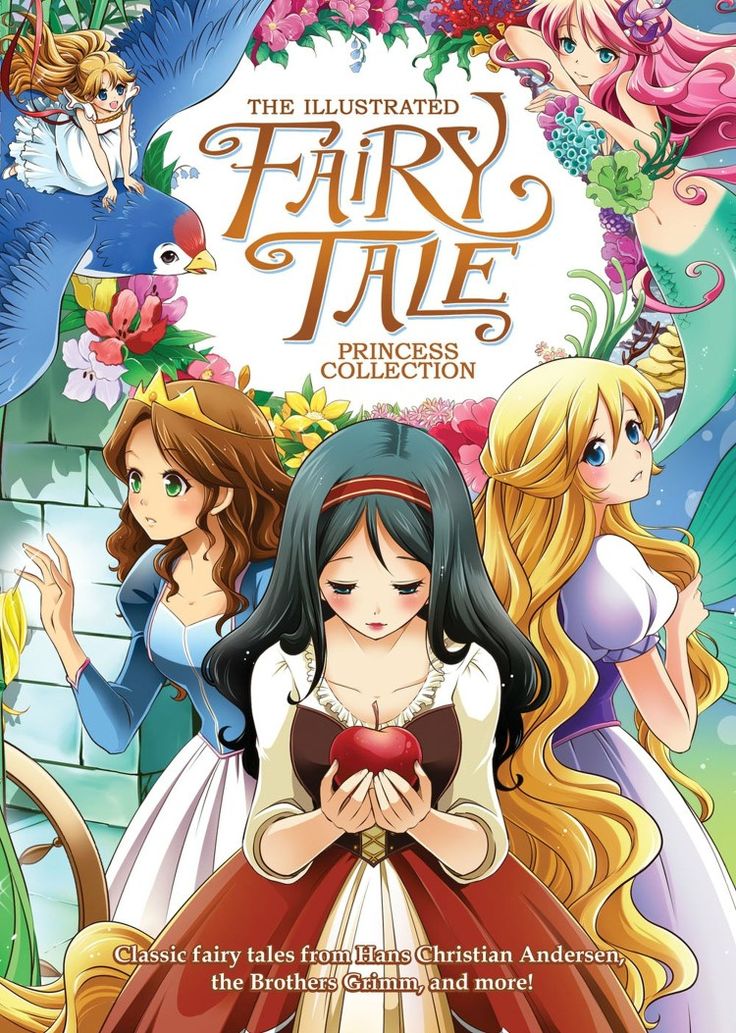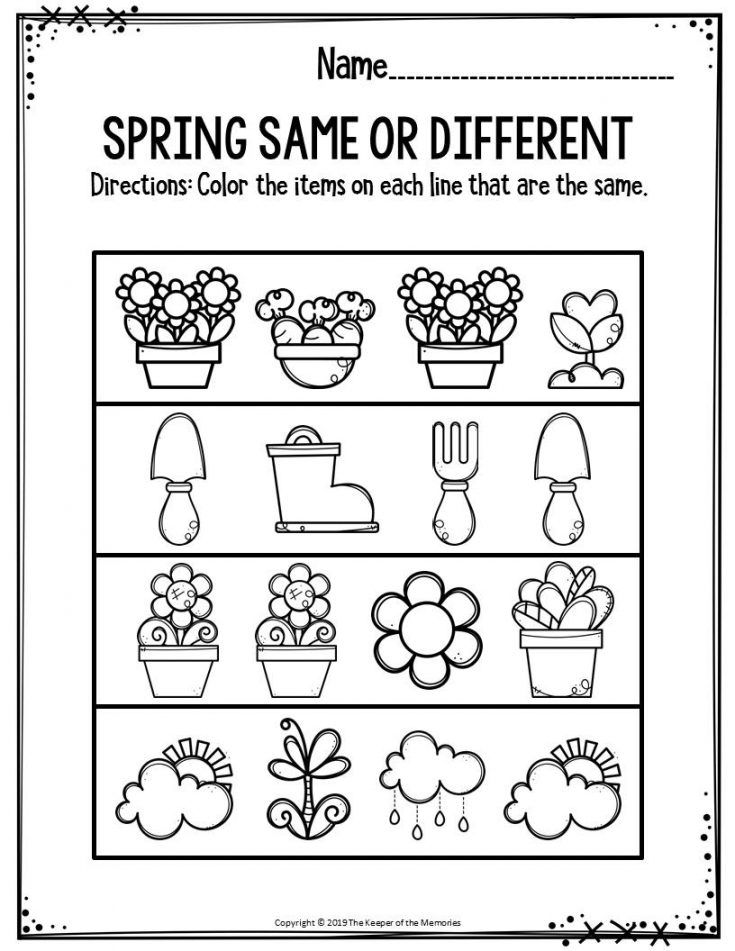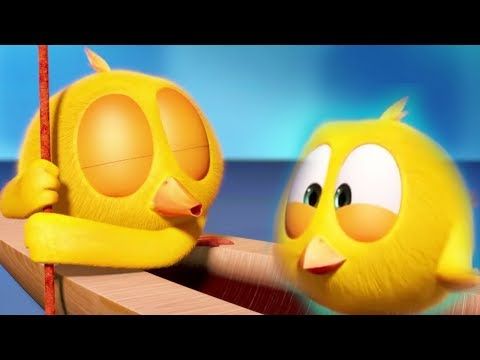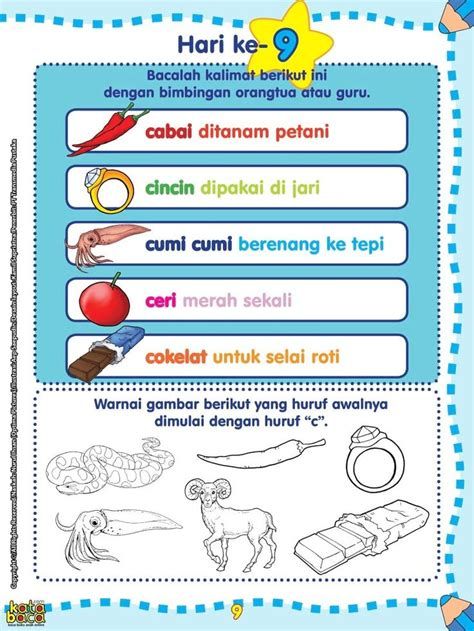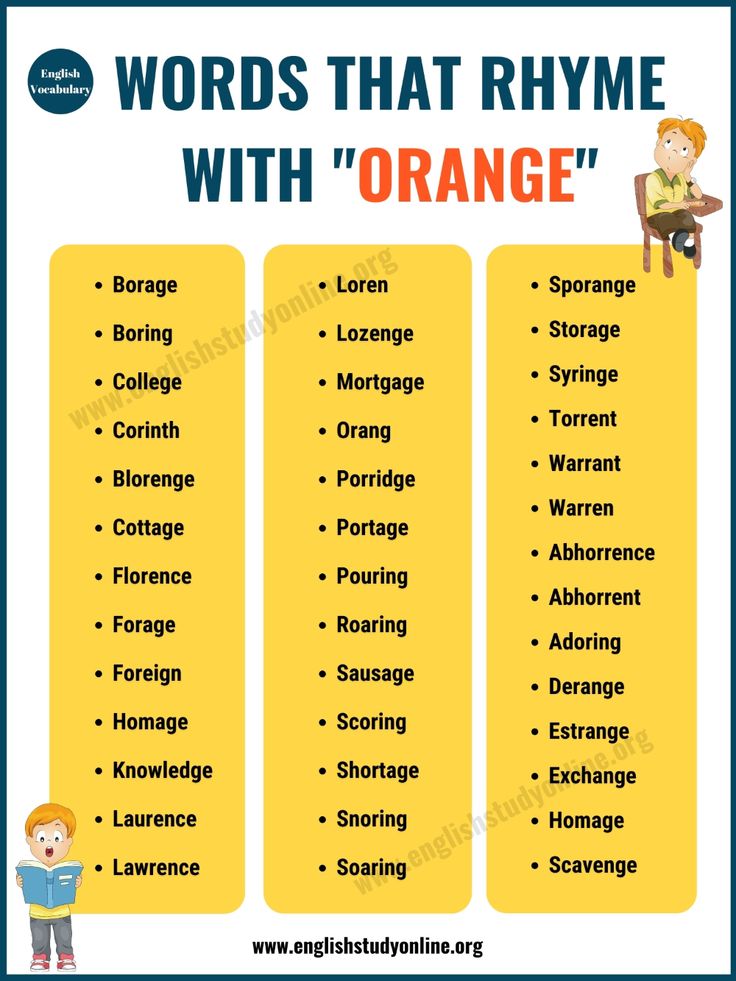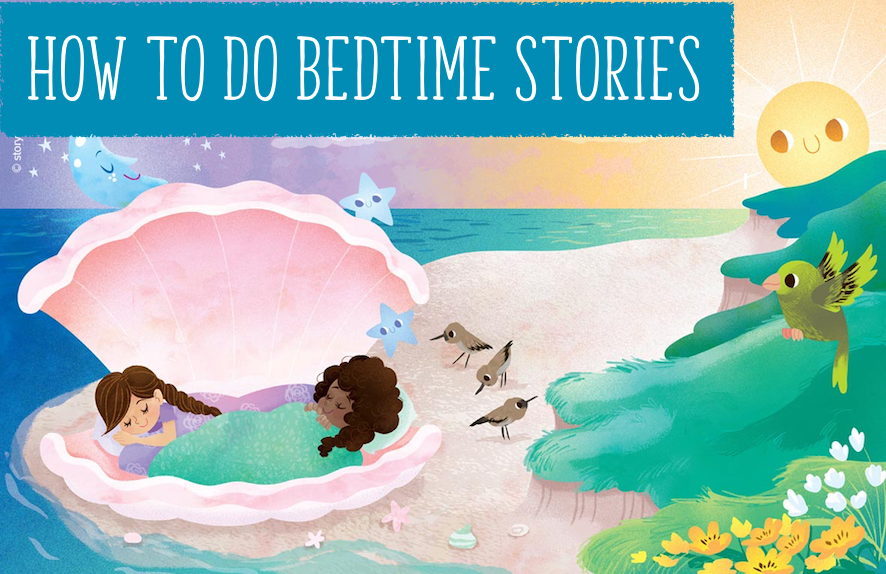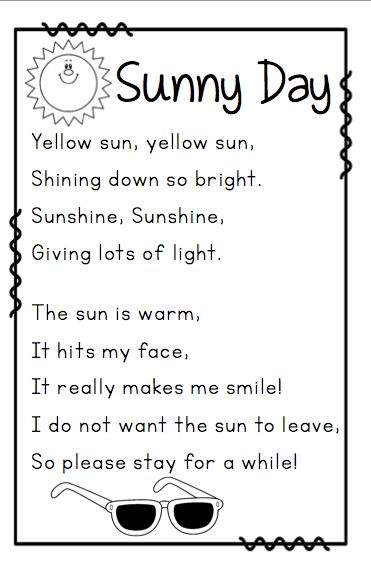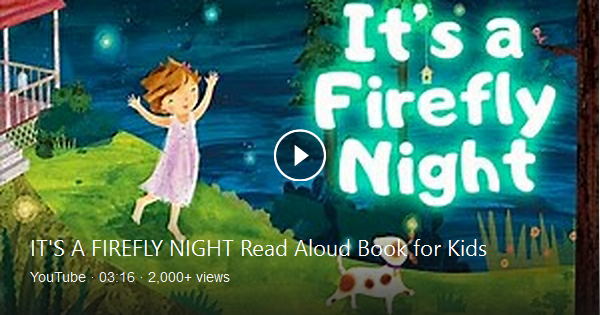Purpose of pre-reading activities
Pre-Reading Strategies To Boost Kids’ Reading Comprehension
What Are Pre-Reading Strategies?
Pre-reading strategies are learning approaches designed to help give your child structure, guidance, and background knowledge before they begin exploring a new text.
These strategies target your child’s reading comprehension skills by giving them the tools they need to become active, successful readers.
By activating the knowledge your child already has about certain subjects, learning how to utilize context clues, and talking with you about the book, they’ll be on their way to reading and writing scholarly essays in no time!
Basic Pre-Reading Strategies
As the name suggests, pre-reading strategies are used before you begin reading a book with your child. There are a few main strategies you can use to help your child prepare to dive into any story. Let’s take a look!
Previewing
By this, we don’t mean Googling the movie-adaptation trailer (although that might be a fun way to compare and contrast the text later on!).
Previewing means letting your child gather clues — from the book’s title and cover illustrations, inside illustrations, and maybe the table of contents for older children — to try to figure out what might happen or what they might learn in a book they are about to hear or read.
Purpose
If you have time, it’s always great to put aside a moment for mindfulness before reading with your child. Talk with them about what reading goals they still want to achieve.
Do they still need help with longer words (pronunciation)? Do they want to work on their character voices (expression)? Getting their input will help you both come together to set a goal — or purpose — for your reading time.
Predictions
Using the resources available to your child, see if they can make predictions about what might happen in the story before they get a chance to read anything.
What information can they gather just using the title, cover, and illustrations? Then you both might continue predicting as the story unfolds.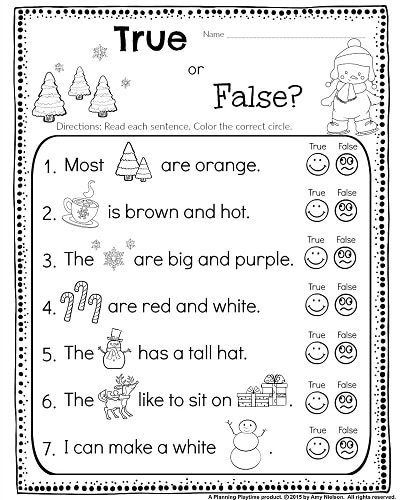
8 Pre-Reading Activities To Try At Home
1) Speaking In Questions
This is a fun activity that helps your child become more insightful about the text they’re reading while letting them be silly, too! The goal here is for your child to investigate the things they want to know, might know, or aren’t sure about just by looking at the cover of the text.
We know you probably use the question-and-answer format quite a bit in your reading routine, so this offers your child a nice change of pace. Instead of you asking the questions, they get to ask, too!
These questions can be silly or straightforward. For example, if you’re reading Goldilocks and The Three Bears, you could start the question conversation by asking your child, “Why do you think her name is Goldilocks?”
Your child might ask back, “Why do these bears live in a house?” See how many questions you can come up with.
It’s OK if these questions are not answered right away. Most of them will probably be answered once you’ve finished reading the book! Any that go unaddressed can always be answered afterward.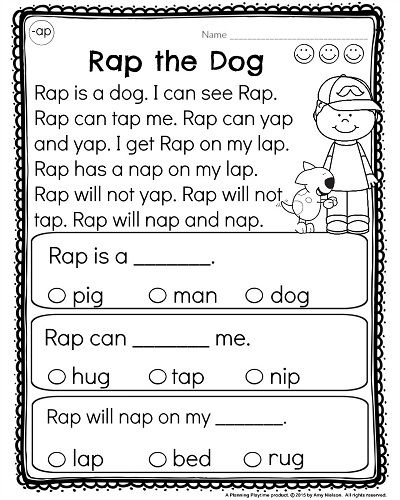
2) K-W-L-H Chart
This pre-reading activity was invented and made famous by Donna Ogle back in the 1980s. The different letters in K-W-H-L charts represent different tasks for your child to complete with you.
The “K” column is reserved for things your child already knows about the subject of a book or its story. The key here is activating and then reflecting on their prior knowledge. For example, if they’re reading Charlotte’s Web, what do they already know about pigs and spiders?
The “W” category is for what your child wants to know about the story. What are they curious about?
The “L” (what they learned from the story) and “H” columns (how they can find out more ) are reserved for discussing after you’ve finished reading.
The last row, how they can find out more, is more important in nonfiction than fiction — although after reading
Charlotte’s Web, you could find out more about spiders by seeking out a nonfiction book.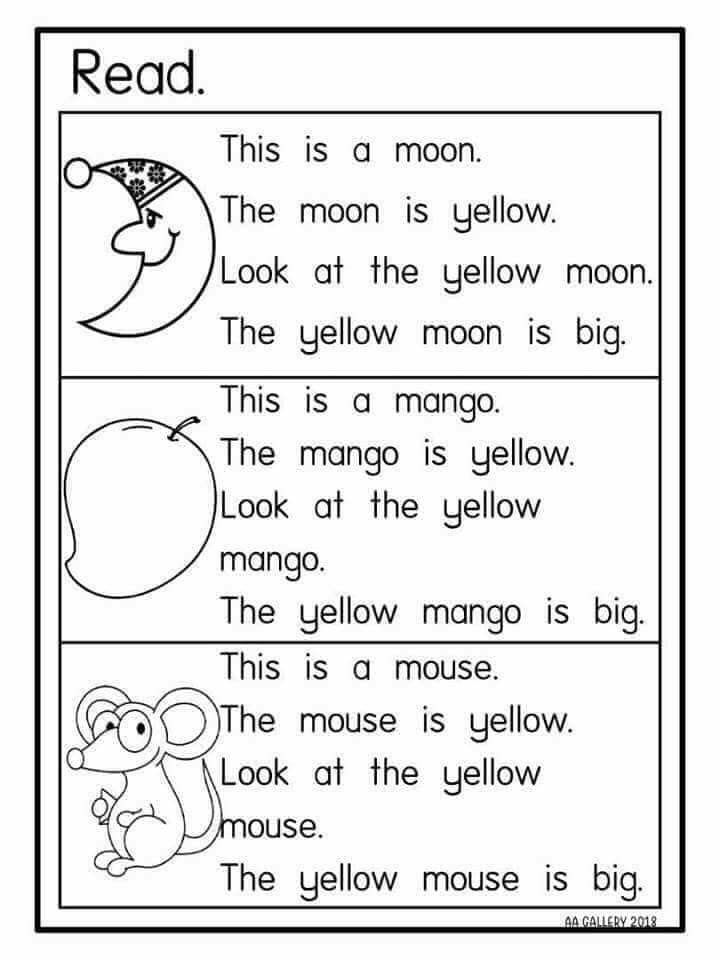
While this exercise is traditionally completed by writing their answers down on a chart, we think it’s more fun to get physical with it!
For example, you could make a book review video to share with family members! First, challenge yourselves to come up with at least six Ks and 6 Ws, three from each of you.
Next, make a video that begins by naming the book you are reading, followed by announcing the things you know and the things you want to know. When you are finished with the book, video what you learned and where you can go to learn more.
You can even create a special book-video library of your KWLH experiences!
3) Pre-Teach Vocabulary
If you know that the book you’ll be reading together will challenge your child’s current reading skills, consider teaching them a handful of the more challenging words ahead of your reading time.
We love a good old-fashioned game of (reverse) Charades for this pre-reading activity. To start, you might write out the word you want your child to learn on a large sheet of paper.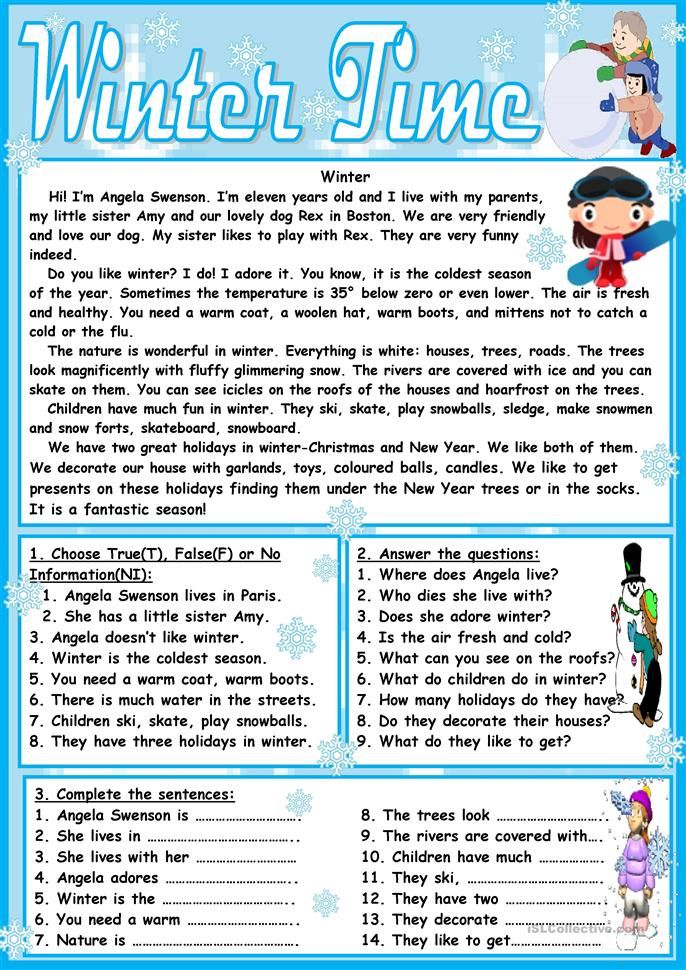 Make sure to use bold, thick letters!
Make sure to use bold, thick letters!
Then, try and act out the definition of the word for your child. Based on your impeccable acting skills, they can guess the definition of this new word!
4) Pre-Teach Themes
Many children’s books set out to teach children more than new words. They usually have moral lessons embedded in their pages as well.
For example, themes might include things like the power of friendship in Charlotte’s Web or courage in a book about Martin Luther King, Jr.
To get your child’s mind focused on the theme of the book, you could prompt them by discussing the same moral lesson. See what their initial opinion is about it. Do they have a strong sense of it already, or do they want to learn more?
Reading the book can either confirm or change their opinion. And then you have something to talk about when you’re finished reading!
5) Word Bingo
This game is another great option for getting your child’s mind prepped to learn vocabulary or to brush up on sight words they need a little extra help with.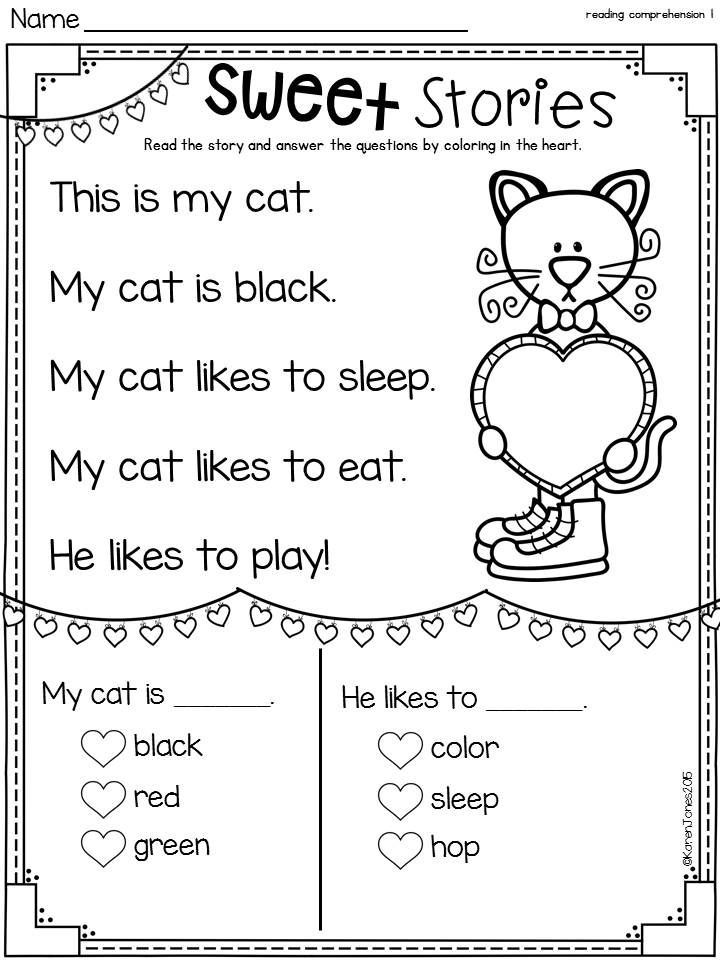
If you’d like to try this pre-reading activity, create a Bingo sheet for each of you using words from the text before your reading time. Every time you or your child hears or sees a word that matches one on your sheet, place a sticker on it.
The first one to yell out, “Bingo!” wins.
6) Sentence Obstacle Course
This pre-reading activity is great for encouraging your child’s comprehension and sentence formulation. The stronger grasp they have on learning how to construct words into sentences, the faster they’ll adjust to the flow and structure of stories.
For this exercise, we suggest writing down several words on individual sheets of paper. Make sure you include all the components of a typical sentence — nouns, adjectives, objects, and verbs. Only include one word per piece of paper.
Next, scatter the words on the ground. We suggest adopting the “the floor is lava” rule! Your child will need to hop to different words to combine them into a sentence.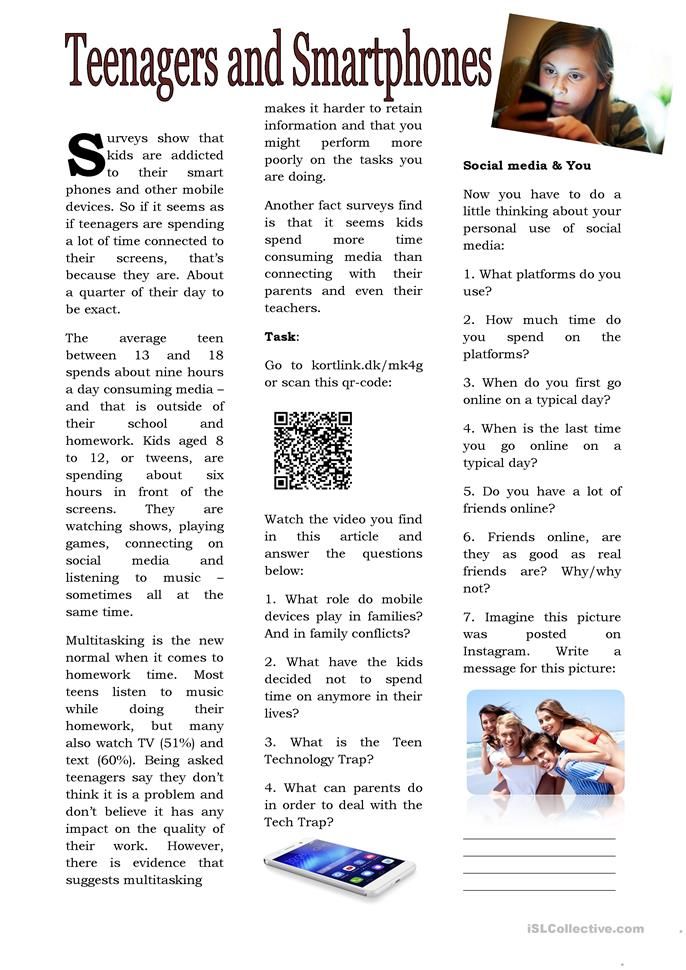
For example, they could “write”: The (jump) cat (jump) is (jump) red. If you want them to work on their punctuation, you could include that, too!
7) Anticipation Vs. Reality
This method will help take some of those preliminary questions you and your child came up with and figure out what happens in the end!
For this game, you can play while reading or beforehand. If you want to make guesses about what will happen in the story before reading, make sure you jot them down on a piece of paper to keep track of who made the most correct guesses.
If you want to play during the story, you can ask questions to prompt your child before turning to a new page. For every correct guess they make about what happens next in the story, they earn a tally point.
The goal is for your child to get as many points as they can!
8) Origin Story
For children who seem to show an interest in history, this might be the perfect pre-reading activity.
There are so many things you can learn from books just from discovering a little bit about their backgrounds.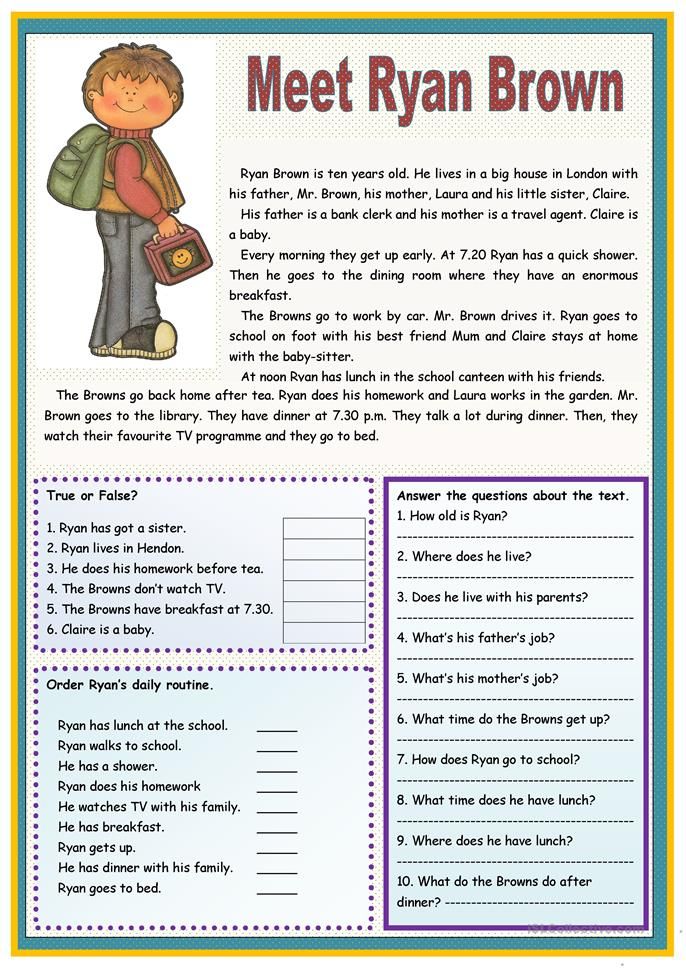 For example, tons of writers pull from their real lives for inspiration to write their books.
For example, tons of writers pull from their real lives for inspiration to write their books.
Finding out about an author’s life in the author’s blurb and maybe even searching out more information either before or after reading can be a learning adventure all on its own!
To do this activity, work with your child to see what you can find out about the story you’ll be reading (without spoiling the ending!). What you can learn based on the author, where they are from, where the story is based, its historical period, and its subject matter?
This helps your child build additional knowledge and gets them prepared for the story ahead!
Pre-Reading Strategies For The Win
Pre-reading strategies are all about getting your child prepared for the reading journeys to come. We hope these eight ideas will help you both have interesting, exciting conversations about books and where they can take you!
And if you ever need a little helping hand in the meantime, check out our personalized Learn & Grow App for reading exercises and adventures that will keep your child entertained, energized, and learning!
Author
15 Examples of Pre-Reading Activities – EnglishPost.
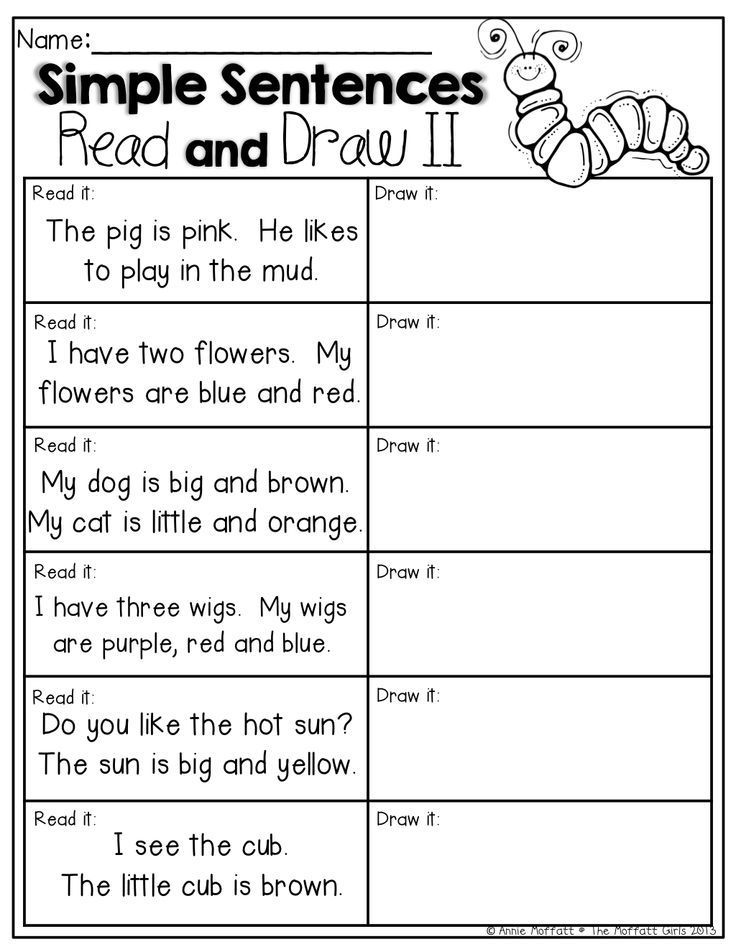 org
orgToday you are going to learn about 15 pre-reading activities that you can use to start your reading lessons on the right foot.
When reading is taught, teachers usually follow a framework to teach a lesson, that framework has three stages:
| The Pre-reading stage |
| The While-Reading stage |
| The Post-Reading Stage |
The Warm-up and the 3 stages made up what is known as the Stages of a Reading Lesson.
The Pre-Reading section consists of activities and exercises to prepare students before they do the actual reading
Let’s Learn some about why and how these activities contribute to the process of reading
Table of Contents
- Why are Pre-Reading Activities Important?
- Pre-Reading Activities for the Classroom
- Pre-Reading Task #1: Discussion
- Pre-Reading Task #2: I’m listening to You
- Pre-Reading Task #3: Quotes
- Pre-Reading Task #4: Guessing from Words
- Pre-Reading Task #5: Guessing from Pictures
- Pre-Reading Task #6: Pictionary
- Pre-Reading Task #7: Guessing from sentences
- Pre-Reading Task #8: How many words do you know?
- Pre-Reading Task #9: Speed chatting
- Pre-Reading Task #10: Videos
- Pre-Reading Task #11: Brainstorming
- Pre-Reading Task #12:True or False
- Pre-Reading Task #13: Introducing Vocabulary
- Pre-Reading Task #14: KWL Charts
- Pre-Reading Task #15: Debate
- Pre-Reading Task #16: Pronunciation Tasks
- More Teaching English Articles
Why are Pre-Reading Activities Important?
Pre-reading activities play an important role in a reading lesson.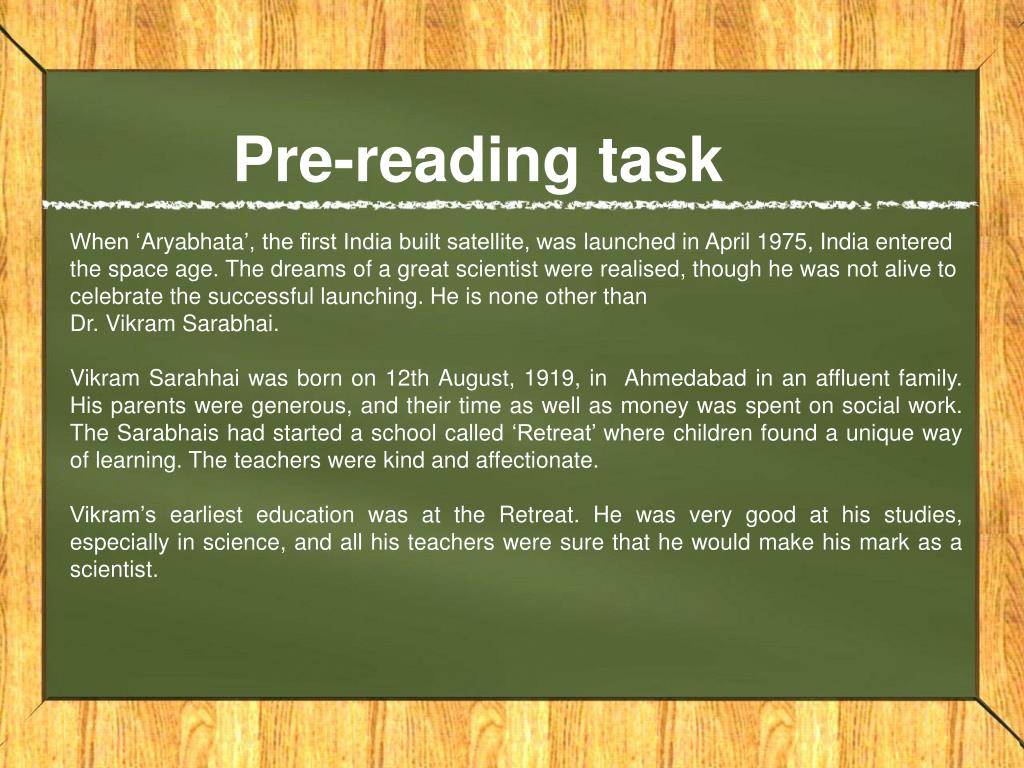
Every reading lesson should start with activities to activate background knowledge and a series of activities to prepare students for the reading.
Pre-reading activities help students prepare for the reading activity by activating the relevant schemata and motivating them to read.
Pre-reading activities can also help learners anticipate the topic, vocabulary, and possibly important grammar structures in the texts.
Not doing pre-reading tasks will lead to students:
- Getting frustrated about know vocabulary
- Completing for no other reason than completing classwork
You have a lot to gain by teaching reading how it has been proven to work.
Pre-Reading Activities for the Classroom
There are many pre-reading activities that you can do in the classroom. More than we can even think of
Creativity leads to the creation of more activities to suit the needs and interests of a diverse community.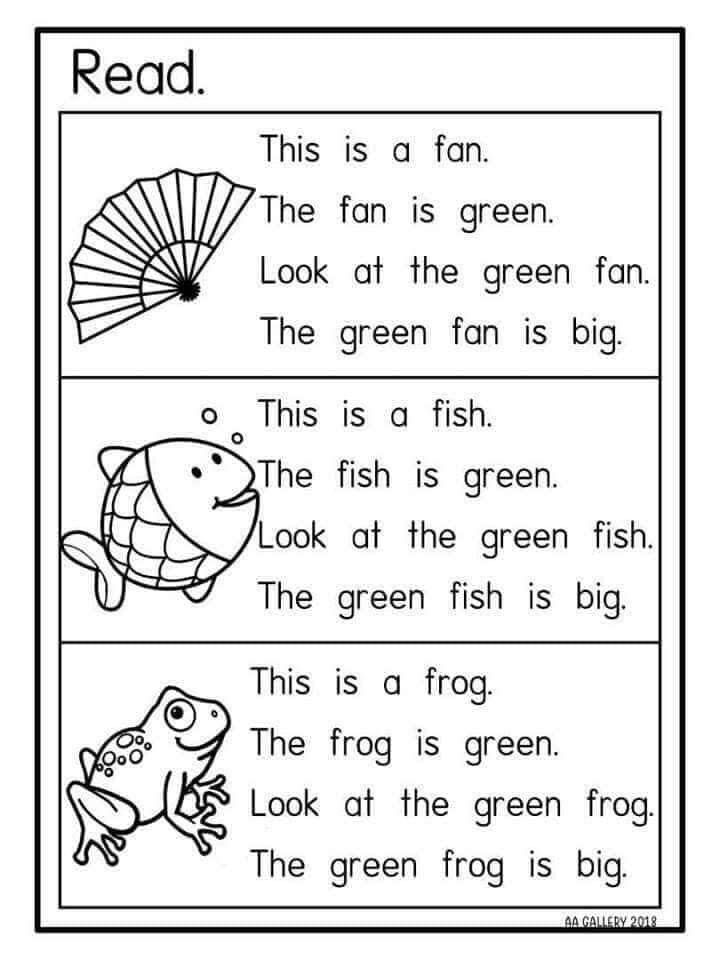
Here are some pre-reading activities that you can implement or modify to meet your student’s needs.
Pre-Reading Task #1: Discussion
The first pre-reading activity is about creating a discussion about the topic.
The Teacher prepares 4 sentences expressing opinions about the topic, then sticks them in the 4 corners of the classroom.
Students go and stand near the opinion they disagree with the most.
The groups explain why the disagree with the opinion.
Then students stand near the opinion they agree with the most and have a short discussion about it.
Pre-Reading Task #2: I’m listening to You
The second pre-listening task can help teachers promote oral interaction in the class.
This activity is called: “I am Listening to You”
This activity requires students to work in pairs. One of them talks while his or her partner listens for 1 minute about a topic.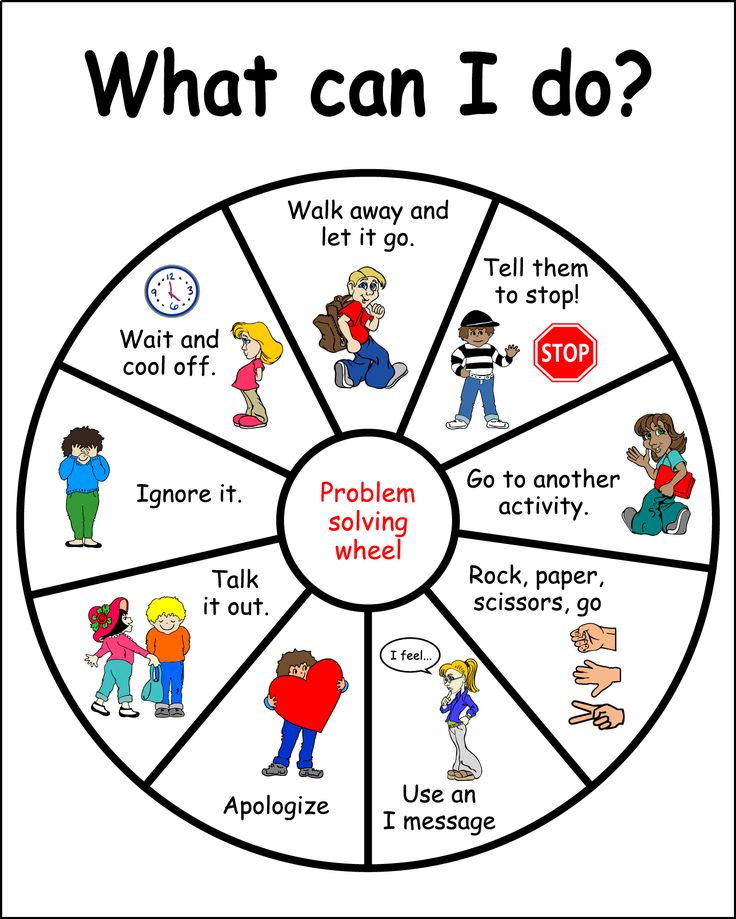
Repeat with a new topic, students change roles and they can change partners after they have spoken and listened to each other.
Pre-Reading Task #3: Quotes
The third activity requires the use of quotes, you can choose quotes from great books or films
Good Reads, a very popular site for readers has a good list of quotes that you can choose from.
Find a quotation about the topic that you are going to cover and tell students to make groups of three and discuss the quotes you chose.
Students think about and answer questions like these:
- What does it mean?
- Do they agree with it? Why/Why not?
Note: Students can even bring their own quotes to the classroom
Pre-Reading Task #4: Guessing from Words
Before students look at the text they are going to read, the teacher writes 5 or 6 words from the text on the board and asks the students to guess the topic.
Students brainstorm ideas that could be written on the whiteboard for everyone to see and remember.
Additionally, the teacher can take a poll to see if students like ideas brainstormed by other students.
Finally, the teacher confirms how close or far they were.
Pre-Reading Task #5: Guessing from Pictures
The teacher finds 3 pictures or objects which are connected to the story or reading.
The teacher asks how those pictures and images are connected.
Finally, students read the text and check if they were right or wrong about the story connections they made.
Pre-Reading Task #6: Pictionary
Select some of the key words from the text.
Divide the class into two or three groups.
A learner from each group (at the same time) comes to the whiteboard.
They are told the word and they have to draw that word. They are not allowed to use letters or numbers in their drawing.
The other students try to guess what the word is and thus earn points for their team.
Pre-Reading Task #7: Guessing from sentences
The teacher dictates 3 sentences from the reading passage. Students write them down and check with a friend if they are correct.
Students write them down and check with a friend if they are correct.
The sentences are written on the board if necessary as a final check.
Then the teacher asks how these sentences might be connected.
Students predict and then read the text quickly to check their predictions.
Pre-Reading Task #8: How many words do you know?
The teacher prepares the board by writing the letters of the alphabet in 3 or 4 columns.
The students form two lines standing behind each other.
Use 2 colored markers so you know which team wrote what. The first student at the front of each team gets the board marker.
The teacher introduces a topic to the class.
The 2 students move to the board and write one word related to the topic on the board next to the letter it begins with, then pass the marker to the next student in their team and go to the back of the queue.
The 2 teams compete to write as many words as possible on the board in 3 minutes.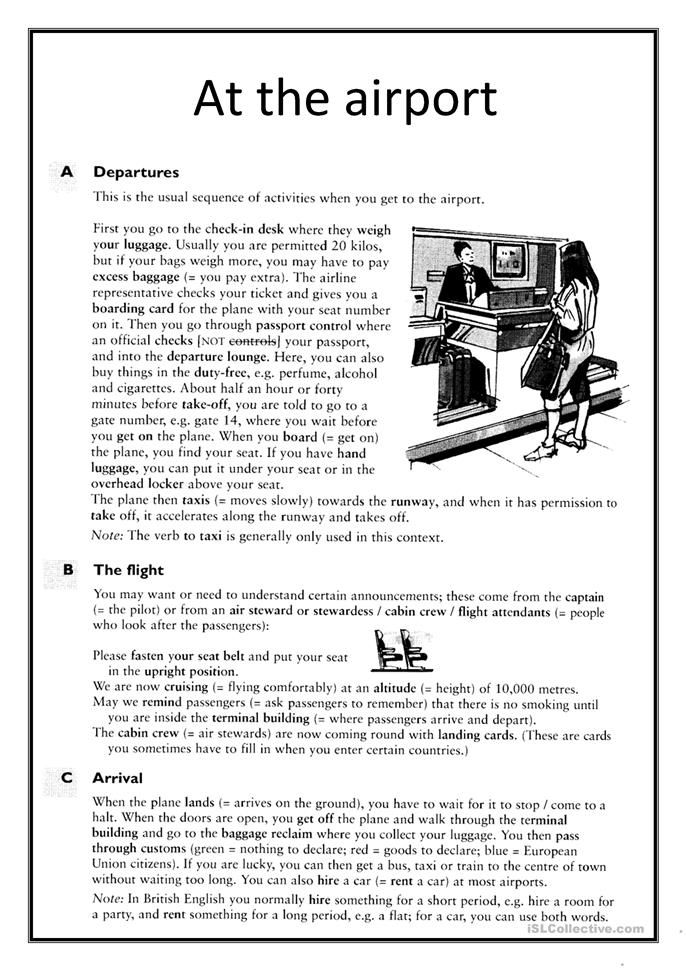
The team with the largest number of appropriate and correctly spelled answers wins!
Pre-Reading Task #9: Speed chatting
Prepare one or two simple questions related to the topic of the reading.
Ask the class to make two rows facing each other.
Then, encourage your learners to ask each other questions about the topic, but warn them that they only have 60 seconds to do so.
Once the 60 seconds are up, one of the rows rotates so each learner has a new partner.
Repeat the process several times.
Pre-Reading Task #10: Videos
There is so much good free content available these days. First, find a short video relating to the topic of the reading.
I would suggest something around three minutes long.
After watching the video yourself, prepare some simple discussion questions.
Play the video and then ask the students to talk with a partner about what they watched.
Pre-Reading Task #11: Brainstorming
The teacher gives the title of the reading to the learners and students have to share all their knowledge about the topic.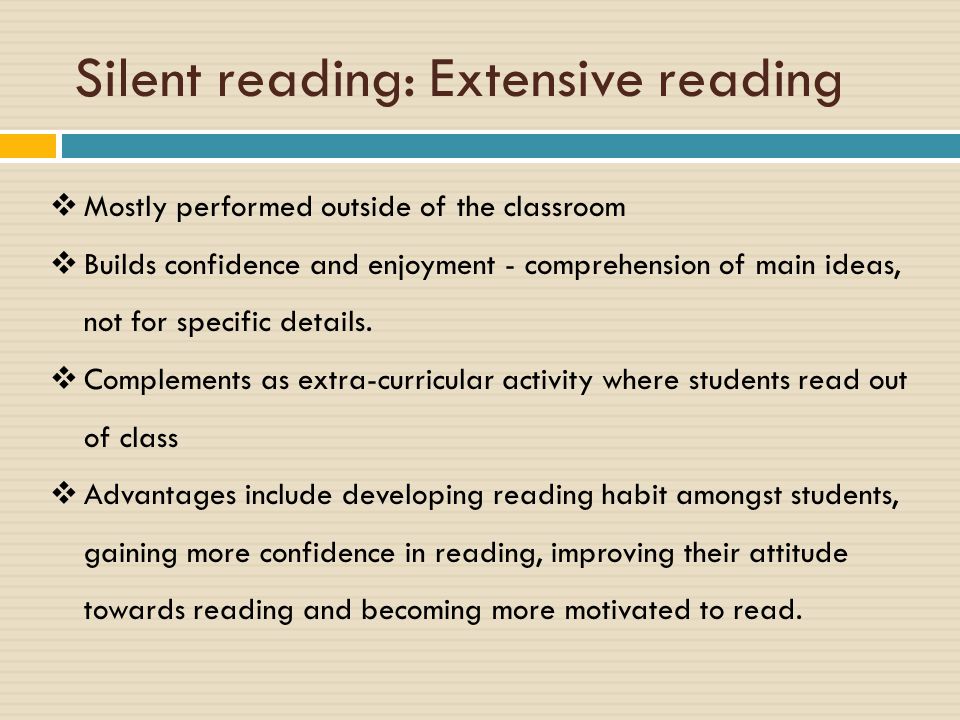
The goal of this activity is to help learners create expectations about what they are about to read and then see if their expectations were met.
For example,
If you have to teach about the influence of social media on teenagers, students can take turns and talk about the topic,
When they read the passage, they confirm their expectations.
Pre-Reading Task #12:True or False
Let’s take the example of the influence of social media on teenagers again.
You can come to the classroom and read a few statements and ask them if they think those statements are true or false.
Don’t reveal the answers.
Let them confirm if they were right or wrong when they are reading the text.
Pre-Reading Task #13: Introducing Vocabulary
In the context of an ESL Classroom, it will always be important to introduce key vocabulary so students don’t get discouraged by unknown words while they read.
Introducing vocabulary doesn’t have to be a boring task.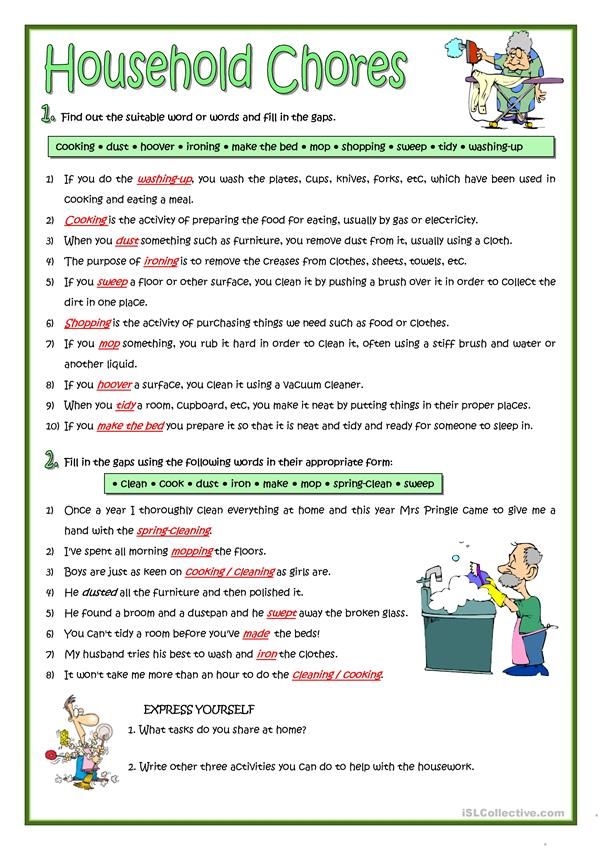
You can easily create a wordle with key vocabulary and see if students can tell you something about those words.
Another tool that can help you provide and study vocabulary is Wordwall.
Pre-Reading Task #14: KWL Charts
Have you ever used KWL Charts in the classrooms?
KWL Charts are simple.
Just have students write everything they know about the topic (K column) and everything they want to know (W column) and what they learned after the reading (L Column)
Pre-Reading Task #15: Debate
Prepare some controversial quotes related to the topic they are about to read.
Show the quotes to the learners and ask students to comment on them.
Ask how students feel about them.
Ask the class to comment on opposite views held by other learners.
Pre-Reading Task #16: Pronunciation Tasks
Another way to introduce vocabulary is to give students some words transcribed phonetically.
You can take the phonetic transcriptions from the Cambridge Online Dictionary.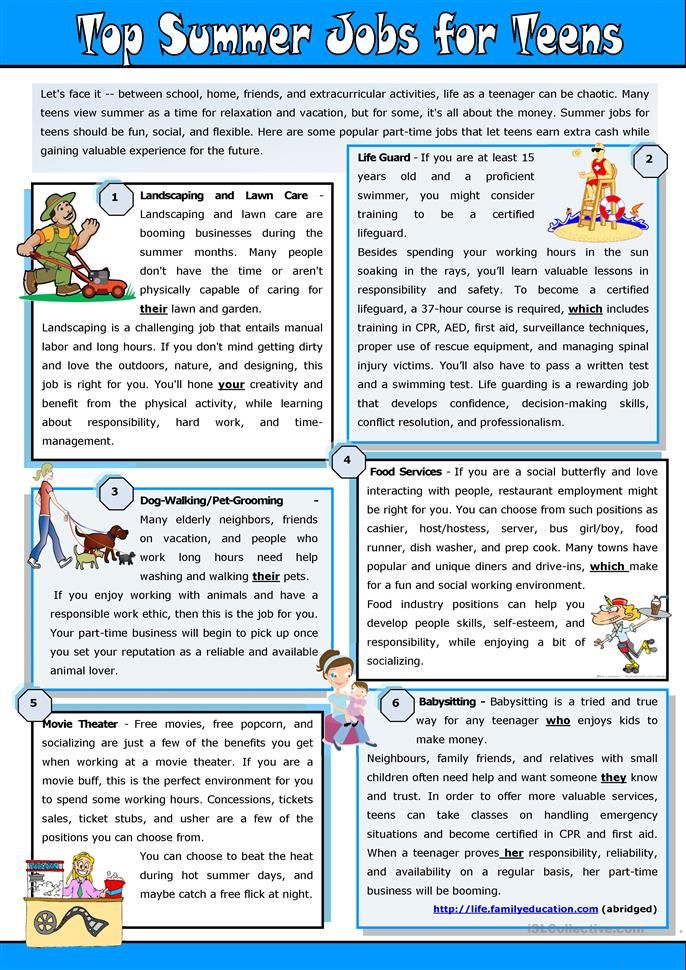
You can use several online tools to show the phonetic transcriptions to your learners.
I use Wordwall (Random cards), alternatively, you can use Quizlet.
Students make groups of 3 and analyze what those words are and how they are related to the topic.
More Teaching English Articles
Remember that the pre-reading stage is the first of three stages, you should learn what types of while-reading activities you can do in the classroom and also the most common types of after-reading strategies.
When you manage all of them, your reading lessons will succeed
These are some posts that you might be interested in:
- Presentation, Practice, and Production
- Teacher-centered Methodology
- Student- centered Methodology
- Stages for Teaching Listening
- 19 Types of Pre-Listening Activities
- 10 Types of Post-Listening Activities
- 12 Examples of While-Listening Activities
If you have questions about pre-reading tasks, you can message me via Facebook or Twitter
"The formation of reading competence in children of primary school age"
"People stop thinking when they stop reading. "
"
D. Diderot
The standards of the new generation set a new goal for Russian education - education, social and pedagogical support for the formation and development of a highly moral, responsible, creative , initiative, competent citizen of Russia. Primary education should guarantee "a variety of individual educational trajectories and individual development of each student, ensuring the growth of creativity, cognitive motives, the enrichment of forms of educational cooperation and the expansion of the zone of proximal development." Psychologists L. S. Vygotsky, A. N. Leontiev, P. Ya. Galperin argue that more than 200 factors affect student performance. Naturally, it is impossible to take everything into account at the same time. But even if only 40 out of 200 are selected and their impact on student performance is examined, it turns out that the number one factor is still the ability to read fluently, in addition, reading involves communication with the author and listeners (when reading aloud), communication with oneself oneself: one’s attitude to what is being described, awareness of one’s own “I”, i. e., the formation and development of a personality.
e., the formation and development of a personality.
Just learning to read is not enough. It is necessary to teach the child to think, talk about what he read, empathize, analyze the events and actions of the characters, and not only about what he read in the lesson or on the instructions of the teacher, but also later in the process of independent activity on the text of his own free will.
Despite the recognition of the need to shift the emphasis in education to the development of basic competencies, the formation of fundamental reading competence, insufficient attention is paid to the Russian system of compulsory general education. Reading is practically not considered as the main means of learning and development. This testifies to the problems of education in the field of the formation of the reading competence of schoolchildren.
The modern quality of education in literary reading in primary school is determined by the level of mastery of key competencies by students - the ability to work independently in the educational process, to use the acquired knowledge and skills in practical activities and everyday life for:
- independent reading of books;
- independent selection and determination of the content of the book by its elements;
- work with various sources of information (dictionaries, reference books, including those on electronic media).
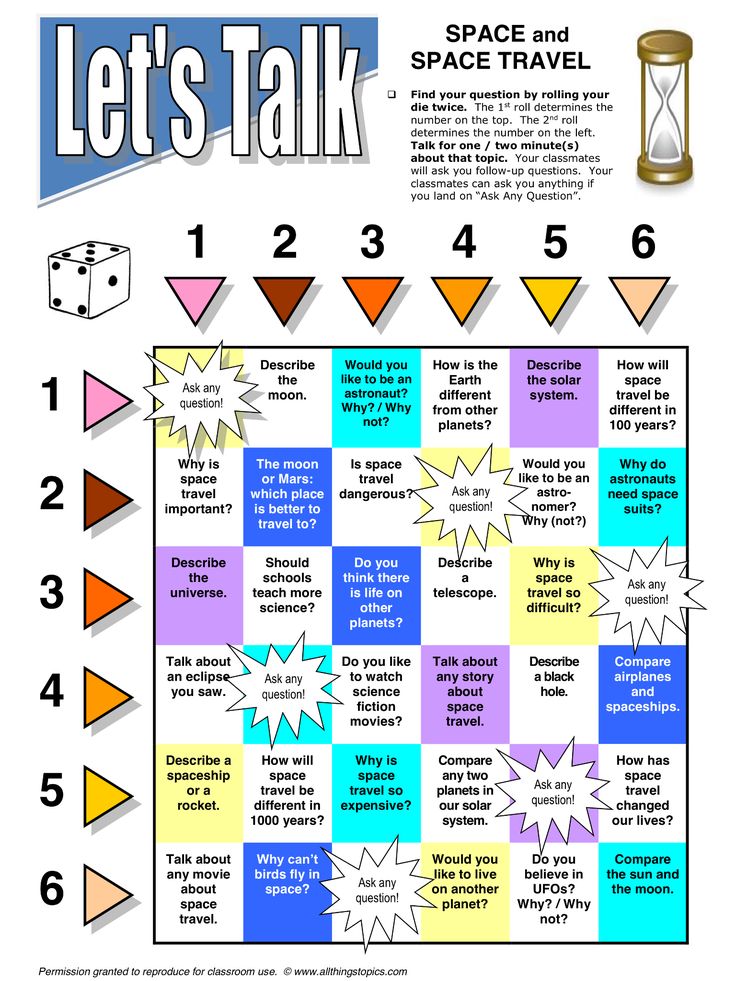
The reading competence of elementary school students is the ability formed in children for purposeful individual comprehension of books before reading, while reading and after reading a book.
The formation of the reading competence of primary school children has always been a concern for me as a teacher, especially when I began to type the last sets, as the students had problems:
- Children read relatively little.
- Television, video and the Internet are replacing reading as a cognitive, artistic and aesthetic activity.
- Due to the low culture of reading, students experience difficulties in learning and developing logical thinking and imagination, associated with the impossibility of semantic analysis of texts of various genres, the inability to form an internal plan of action.
- In addition, there is a lack of live communication with peers.
All this hinders the formation of communicative competence, emotional responsiveness, and tolerance.
In 2016, when starting work with first-graders, a problem emerged in the vocabulary of students. He was poor, limited to everyday topics, and poorly differentiated, due to low curiosity and insufficient development of intellectual interests. The dictionary of a 6-7 year old child should contain about 2000 words, and among them all parts of speech are represented: nouns, adjectives, verbs, adverbs, pronouns, prepositions, conjunctions, particles.
Diagnosis was made by the school psychologist. From which it followed that in 12 students the vocabulary is at a low level and only in 3 people it is at a high level.
Conclusion : attention instability, deficiencies in the development of memory, speech do not allow these children to fully assimilate educational material, which becomes more complicated from class to class.
The question arose how to solve this problem? This problem prompted me to create a self-education project.
The goal that I set is to identify methods of organizing the activities of younger students that contribute to the formation of reading competence.
I have set tasks for myself:
- extract interesting and useful information from texts;
- to develop the need for reading (independent, initiative) through the use of various forms, including extracurricular activities;
- stimulate children's creativity.
Work on the formation of reading competence with students was carried out in three stages:
- Preparatory - the stage of updating the problem and setting goals.
2016-2017
- Strategy Development, Action and Technologies Plan for Reading
2020
Hypothesis: with the help of specially selected technologies, techniques, various forms, including in extracurricular activities, it is possible to improve the quality of reading competence among primary school students.
The expected result will be an established resource for working with texts in any subject area for the formation of reading competence. And, as a result, improving the quality of training of students.
One of the ways to solve this problem seems to me to be the use of technologies for the formation of reading competence in children at the early stages of education. I worked on the teaching materials "School 2100", in which the types of tasks for the development of reading competence were successfully selected. This allowed the child to freely navigate in a variety of books, bibliographic literacy, developed a positive attitude towards reading, and therefore increased the vocabulary of students .
Technology for forming the type of correct reading activity:
I stage. Work with text before reading.
1. Anticipation (anticipation, anticipation of the upcoming reading).
(Independent) by title, author's name, keywords, illustration preceding the text, based on the reader's experience, determination of the semantic, thematic, emotional orientation of the text, highlighting its characters.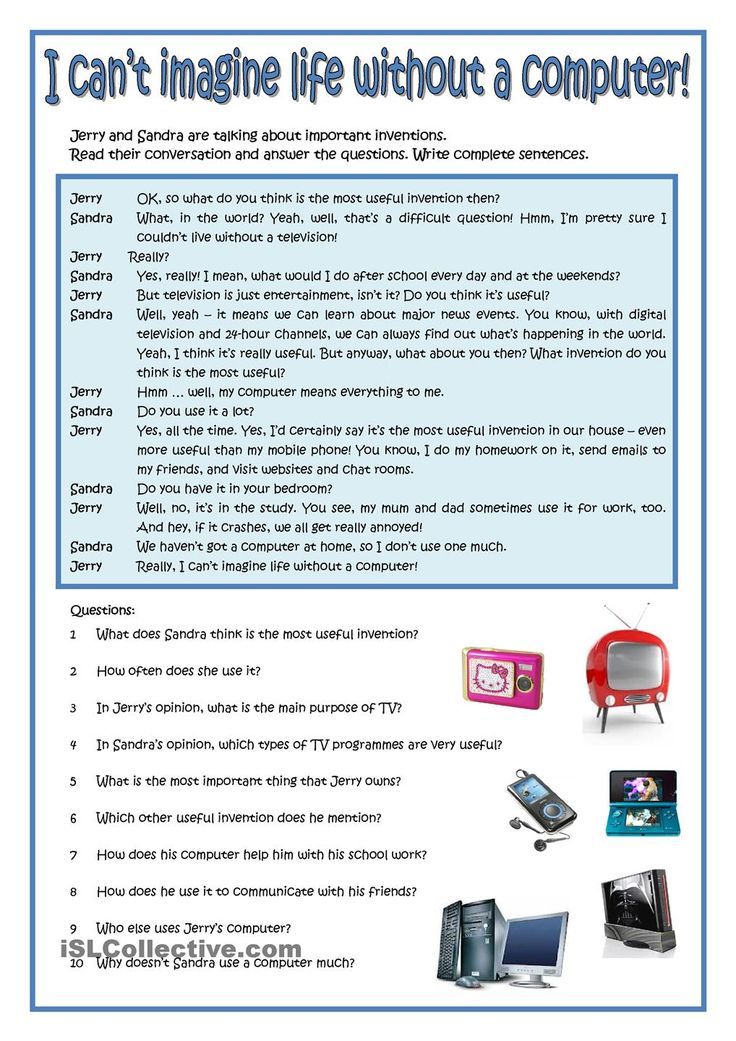
2 Setting the objectives of the lesson, taking into account the general (educational, motivational, emotional, psychological) readiness of students for work.
II stage. Working with text while reading.
1. Primary reading of the text.
Independent reading (at home or in the classroom), reading - listening, combined reading (at the choice of the teacher) in accordance with the characteristics of the text, age and individual abilities of students.
Identification of primary perception (with the help of a conversation, test, fixing primary impressions, written answers to questions, related arts - at the choice of the teacher)
2. Rereading the text.
Slow "thoughtful" repeated reading (of the whole text or its separate fragments).
Putting questions to the text and to the author. Necessary text comment (dictionary, subtext, etc.).
Statement of clarifying question to each semantic part.
3. Conversation on the content in general.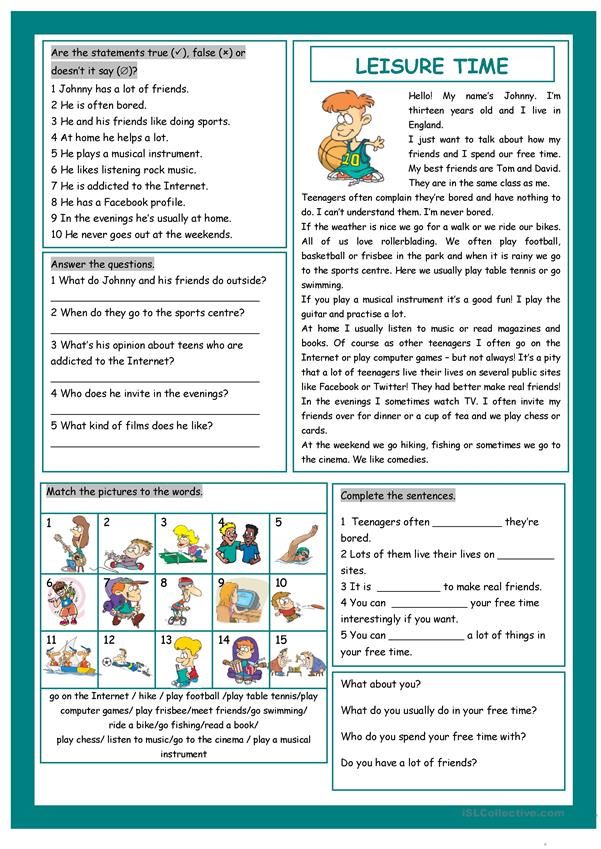
Summarizing what has been read. Identification of matches between the initial assumptions of students and the final conclusions on the text.
Appeal (if necessary) to individual fragments of text, expressive reading. Statement of generalizing questions to the text.
III stage after reading.
1. Conceptual (semantic) conversation on the text.
Collective discussion of what has been read, discussion. Correlation of readers' interpretations (interpretations, evaluations) of the work with the author's position. Formulation of the main idea of the text or the totality of its main meanings.
2. Acquaintance with the writer. Story about a writer. Talk about the personality of the writer. Working with textbook materials, additional sources.
3. Work with the title, illustrations. Discussing the meaning of the title. Referring students to ready-made illustrations. Correlation of the artist's vision with the reader's idea.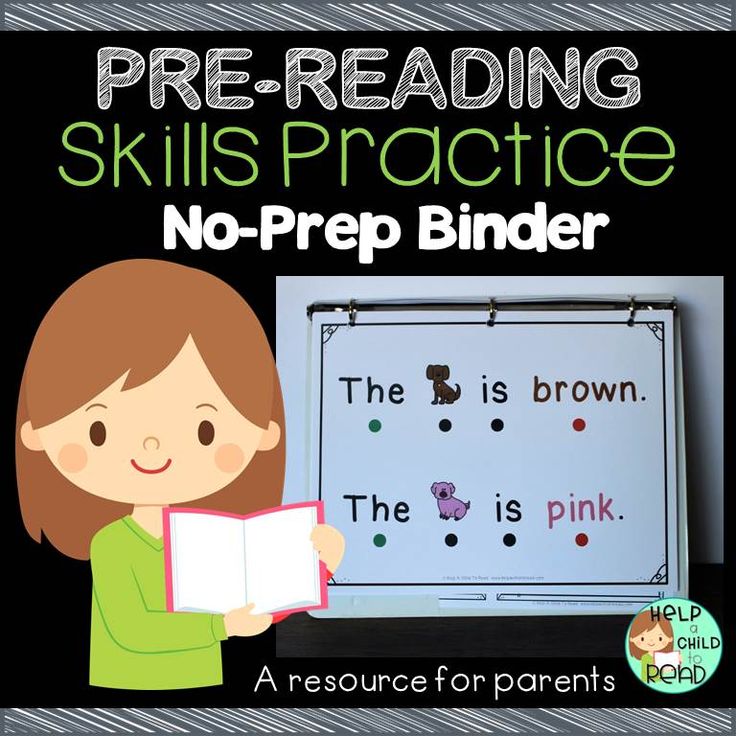
4. (Creative) assignments based on some area of students' reading activity: emotions, imagination, comprehension of content, artistic form.
As a teacher, it is important for me to create conditions for the formation of reading activity. The main thing is to organize the reader's space, to select reading material that guides the development of reading activity. It is important to help the child comprehend the world of literature - the world of spiritual morality and social and aesthetic experience, to instill in him the most important spiritual guidelines and concepts that will become the intellectual wealth of a growing citizen of Russia.
At the lessons of literary reading, she conducted conversations-discussions that taught children to think about what they read, to express their opinion. I noticed that children's reading thoughtfulness increased after they were given the task to ask questions about the content of what they had read. In search of answers to their own questions, the children again turned to the text, gradually accumulating material for retelling.
My personal example of a teacher also contributed to the achievement of positive results of the work, I always expressively read a literary text. The teacher's mastery of the word so captivated the children that they sought to find and read the work, an excerpt from which they had just heard, because they "really liked the way it was written."
A good basis for students to accumulate personal experience of creative perception of works of art was the use of oral verbal drawing. In the course of verbal drawing, my children imagined what they read and, as it were, saw it in reality, saw pictures and images behind the words, without difficulty not only named the theme of any episode or situation, but also represented the details of what was depicted, colors, shapes, sounds and circumstances.
At the lessons I paid much attention to vocabulary work, especially when reading complex texts. Here I used a variety of methods for interpreting the meaning of new words: explaining the meaning of words by showing objects, educational pictures, working with synonyms and antonyms, proverbs and riddles. All difficult words most often wrote out before the lesson on the board or card. As a rule, the meaning of these words was explained by the children themselves, but if they found it difficult, they found an explanation of difficult words in the explanatory dictionary on their own.
All difficult words most often wrote out before the lesson on the board or card. As a rule, the meaning of these words was explained by the children themselves, but if they found it difficult, they found an explanation of difficult words in the explanatory dictionary on their own.
In order to increase interest in reading, she used elements of dramatization at the lessons of literary reading. Put on small performances based on the works read.
Children's favorite form of work was to create drawn "filmstrips" based on the read work. This is where everyone's creativity comes into play. At the same time, the authors of filmstrips demonstrated the ability to follow the course of events of the work, to retell the text from the drawings.
Already in the first grade, I saw that the lessons of literary reading and music are fertile ground for the formation and development in the child of the necessary creative skills and abilities with which children can explore the world.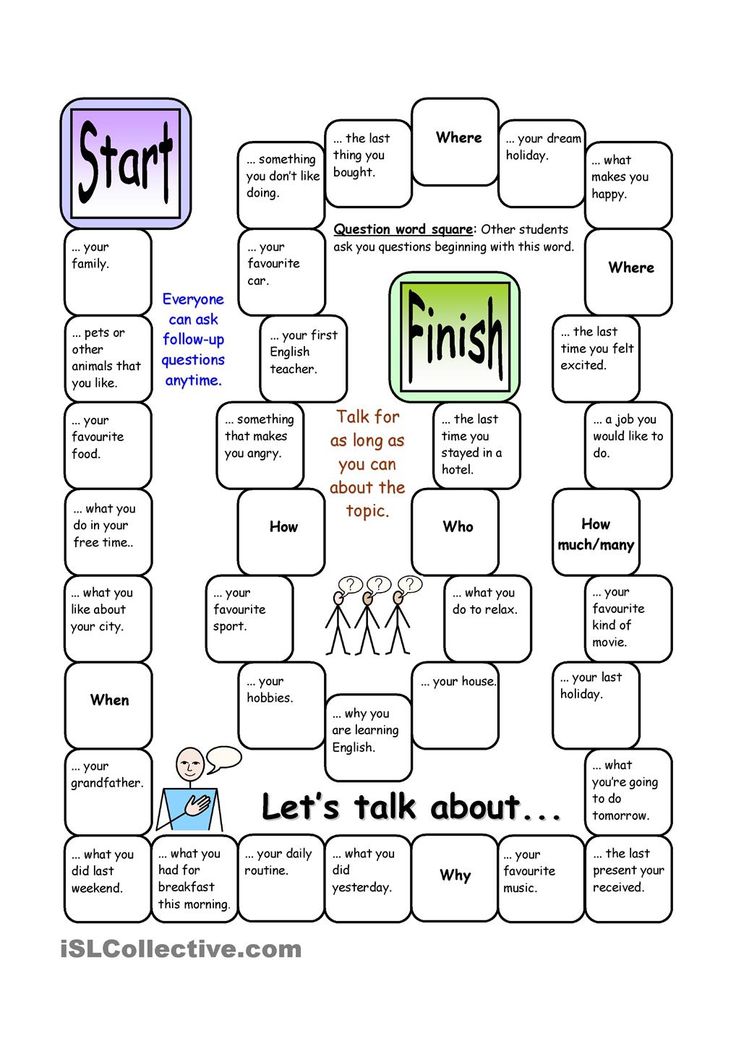 I managed to notice that children in the lessons of literary reading, where music was played, show high activity, which was expressed in the children's creativity.
I managed to notice that children in the lessons of literary reading, where music was played, show high activity, which was expressed in the children's creativity.
Very often I use in my work techniques of technology for the development of critical thinking . Critical thinking - this concept means independent thinking, where the starting point is information. It starts with asking questions and is built on the basis of persuasive reasoning.
A feature of this pedagogical technology is that the student in the process of learning constructs this process himself, based on real and specific goals, he himself tracks the direction of his development, he determines the final result. On the other hand, the use of this strategy is focused on developing the skills of thoughtful work with information, with text.
This technology develops the ability to predict the situation, observe, generalize, compare, hypothesize and establish connections, reason by analogy and identify causes, and also involves a rational and creative approach to any issue.
Active Reading Techniques:
- “Reading with Marks” Technique (insert ) ( This is a “self-activating” system markup for effective reading and thinking).
While reading the text, ask the children to make notes in the margins. Depending on the goal set in the lesson, students can put marks in the lesson or at home, in a passage of text or in general as a result of a generalization. Then I conduct a discussion of the correctness of the completed material, clarification, addition, correction.
"V" - I know this
"+" - this is new to me
"-" - I think otherwise
"?" – clarification needed
"!!" – I was very interested, etc.
- “Thick and thin questions” technique (this technique develops the skill of thoughtful work with information)
(For more successful adaptation in adulthood, children need to be taught to distinguish between those questions that can be answered unequivocally (thin questions) , and those that cannot be answered so definitely (thick questions.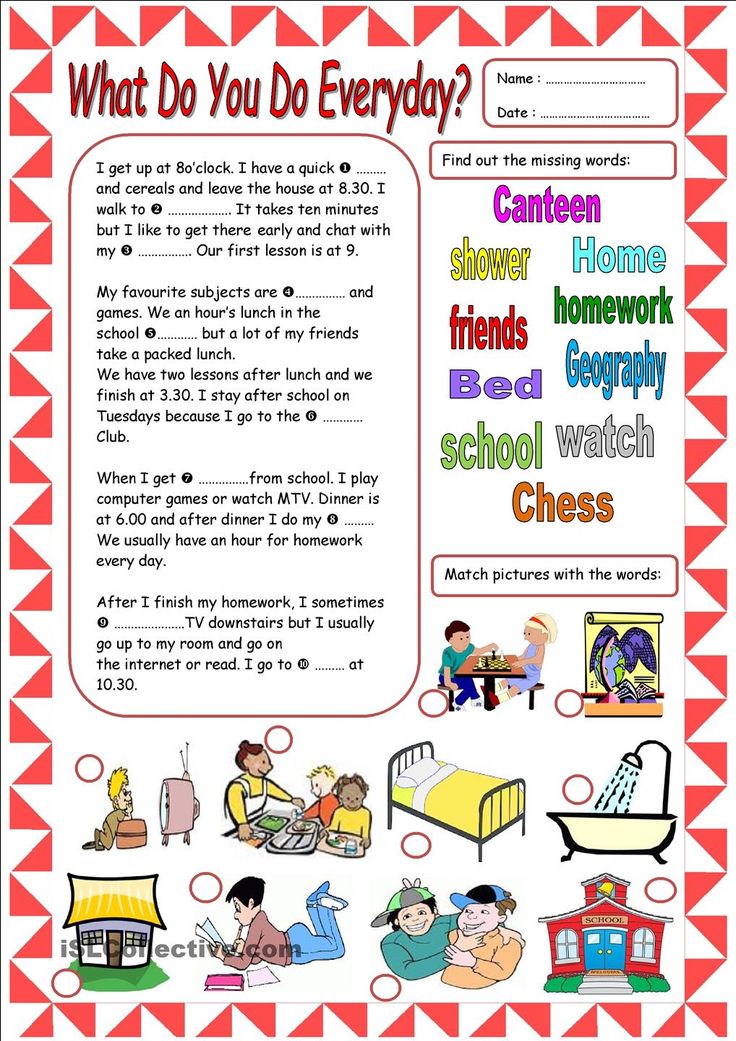 Thick questions are problematic questions that involve ambiguous answers).
Thick questions are problematic questions that involve ambiguous answers).
- Reception "Reading with stops" (this work with text develops the ability to analyze the text, identify the connection between individual elements (themes, images, ways of expressing the author's position), develops the ability to express one's thoughts, teaches understanding and comprehension).
Perception of information occurs in three stages, which corresponds to the following stages of the lesson:
Stage I - preparatory - call stage. At this stage, based only on the title of the text and information about the author, children should guess what the text will be about.
Stage II — perception of the new – semantic stage (understanding). Here, having become acquainted with a part of the text, students clarify their understanding of the material. The peculiarity of the reception is that the moment of refining one's idea (comprehension stage) is at the same time the stage of a call to get acquainted with the next fragment.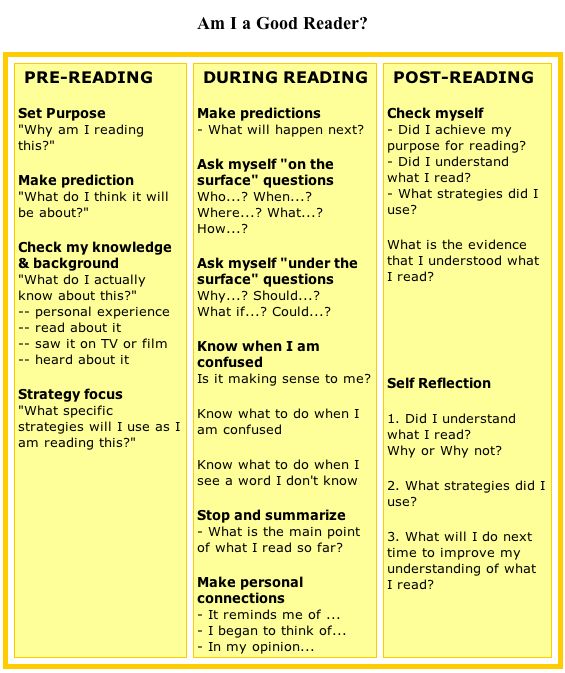 Mandatory question: "What will happen next and why?"
Mandatory question: "What will happen next and why?"
III stage - assignment of information - stage of reflection . Final conversation. At this stage, the text again represents a single whole. Forms of work with students can be different: writing, discussion, joint search, selection of proverbs, creative work.
Techniques for activating previously acquired knowledge:
- "Association" technique (develops the ability to predict, observe, generalize, put forward hypotheses, reason)
Students are invited to read the topic of the lesson and answer the question:
talk in class?
— What association do you have when you hear the phrase: "----"?
Students list all the associations that have arisen, which the teacher also writes down on a piece of paper or board
- "Keywords" technique (teaches to predict, generalize, determine goals)
After the topic of the lesson is announced, students are asked to make a sentence or a mini-story from the proposed words.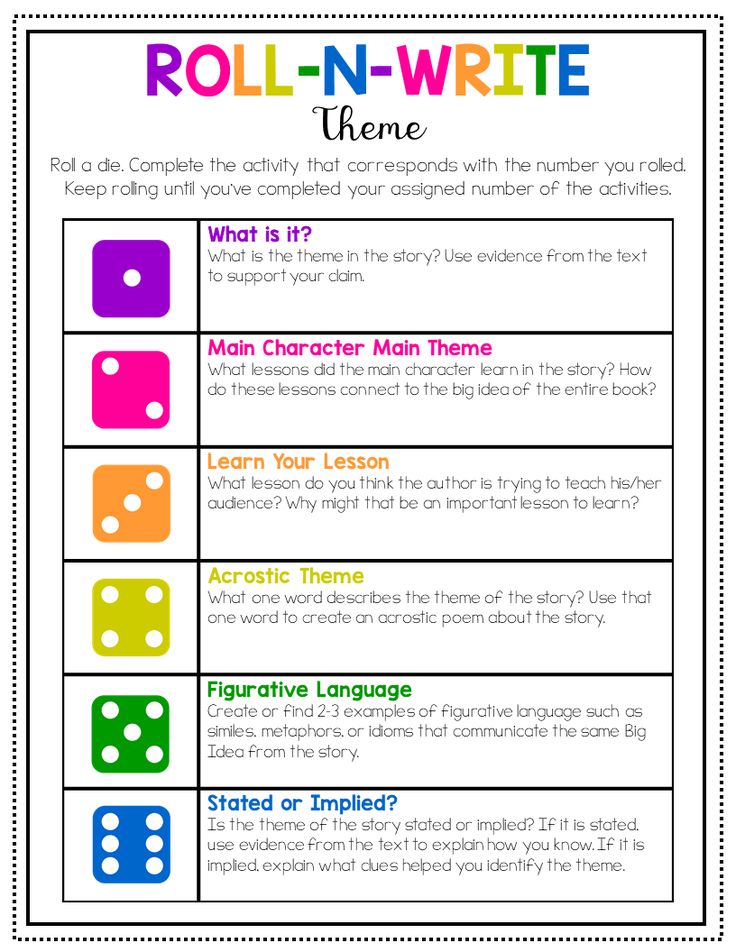 They must use their previous knowledge on the topic under study, make their predictions and, in general, determine the goals of their future work.
They must use their previous knowledge on the topic under study, make their predictions and, in general, determine the goals of their future work.
- "Yes - No", or "True and False Statements" technique
This technique teaches:
- to connect disparate facts into a single picture;
- systematize existing information;
- listen and hear fellow practitioners.
. can be used at various stages (stages) of the lesson.
At the challenge stage - to stimulate mental activity.
At the stage of comprehension - to structure the educational material.
At the stage of reflection - when summarizing what the students have learned.
- Reception "Confused logical chains" (develops the ability to make logical chains)
True and incorrect quotes are written on the board, students must read and put a “+” sign where they think that the statement is correct and a “-” sign where they think it is wrong.
Techniques that require students' creativity: ( They develop the ability to read and understand the text, the ability to process information - informational competence, as well as communication skills and abilities: putting forward and arguing their own version of the selected word, perception, understanding someone else's version, expressing attitude to her, comparing different versions).
- "Sinquain" technique
Writing poems according to the algorithm is one of the interesting methods of working in the lesson. This is a universal technique, because its use is possible not only in literature lessons, but also in any other subject. It is more appropriate to use at the end of the lesson or as homework for understanding what was learned in the lesson.
- Close test
A close test is a text with missing components (mainly single words, but not only). The job of the close tester is to insert these components.
Marking tables: (Allow to summarize and systematize educational information).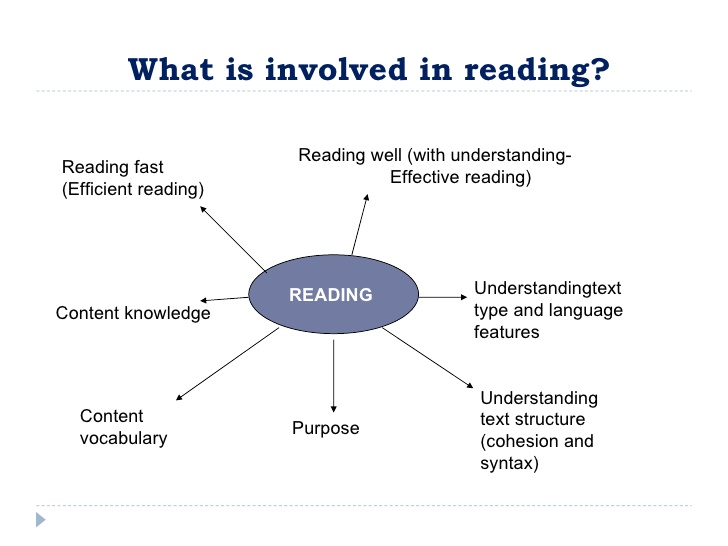
- "I know - I want to know - I found out" technique
This is work with a table. When studying the topic, at the call stage, students can be asked to break into pairs, confer and fill out column 1 of the table “ What I know” on the topic. These may be some associations, specific information previously received in the classroom and in extracurricular activities. Then the question is suggested: "What would you like to know?" These statements are also written in the "I want to know" column. The notes remain on the board until the end of the lesson.
At the reflection stage, a return to the challenge stage is carried out: adjustments are made to the first column of statements and the answers to the second column of questions are checked. You can write out the third column "Learned" separately, if necessary, or arrange the entries in a separate table.
- Pivot table technique.
For example, tables in the Russian language, a short record for tasks in mathematics in the form of a table, we use tables around the world.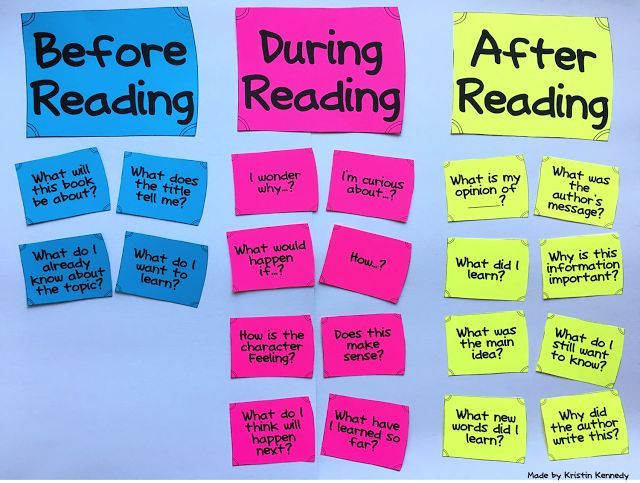
Work on the formation of reading competence was carried out not only in the lessons of literary reading, but also in other subjects, and also carried out interdisciplinary relationships.
I worked on developing the ability to extract interesting and useful information from texts in three stages:
Stage 1 – implementation of the educational action according to the model. The student is not ready to independently distinguish between the essential and non-essential aspects of the task being performed, he can only complete it based on a sample on a specific subject material. To do this, repeatedly throughout the lesson, the children, together with the teacher, practice this skill.
Stage 2 - after that, the child can independently perform this skill according to the same criteria on similar material within the same subject area. Knows and performs a certain sequence of actions leading to the desired result.
Stage 3 - at this stage, the student is ready to consciously choose and apply one or another method, focusing on the purpose and conditions of educational activity, the stage of its implementation is already within the framework of other subject areas.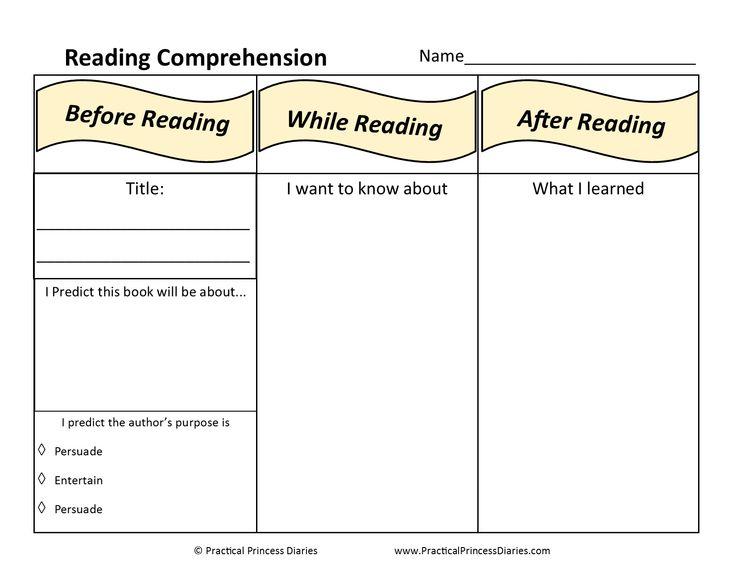
I will give an example of working for one day on the ability to “Compare and group facts and phenomena. Determine the causes of phenomena, events.
January 22 - Russian. Topic: "Analysis of nouns by composition." Ex. 281, p. 51. Task: In what groups can nouns be combined? Write the words in groups, highlight the suffix.
Mathematics. Topic: "Intersection of sets". With. 50, №2
The world around. Theme: "Living connection of times". With. 10. Task: read the text and explain how a person is connected with the past by his last name, first name, patronymic. Draw a conclusion on the problem of the lesson "Is there a connection between the past and the present?"
I built my work on the formation of reading competence in conjunction with the school library, with the parents of my students, with colleagues from our school .
Timely and close contact with the parents of students makes it possible to find necessary and reliable assistants in their person, deepening the love of books and independent reading in children.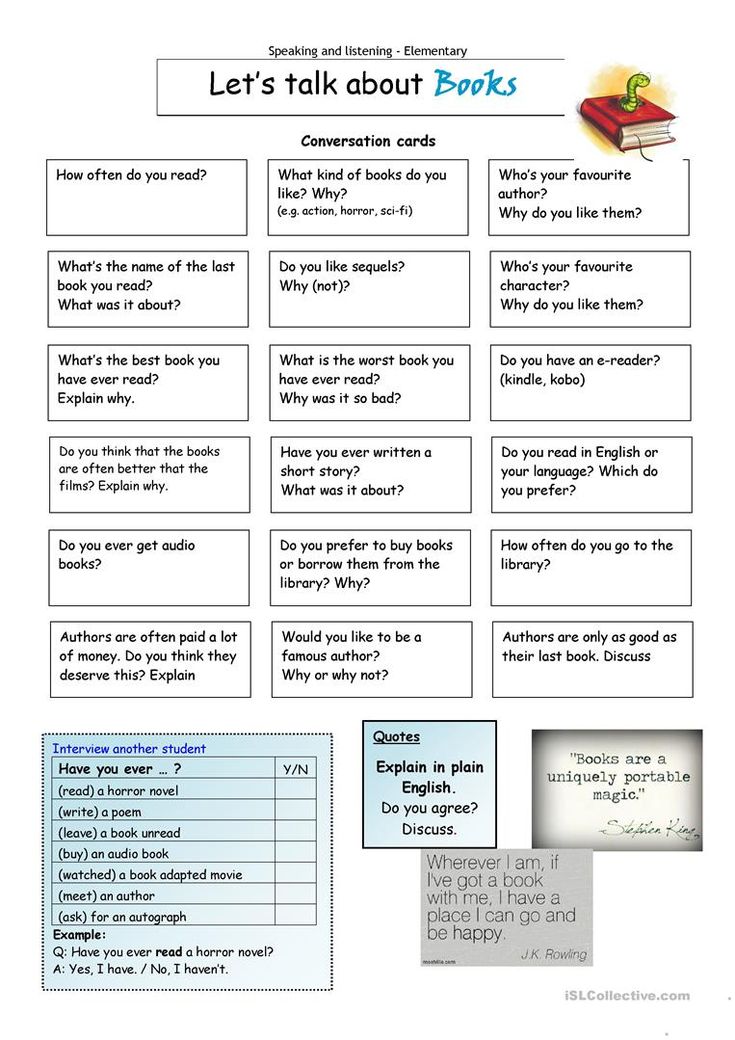 After all, the unity of the book environment and the book interests of children and parents is the main condition for the successful formation of a child reader in the family, so I use the educational potential of the family to the maximum, establish contacts with parents, and provide them with the necessary assistance. To do this, I held parent-teacher meetings, at which the following issues were considered:
After all, the unity of the book environment and the book interests of children and parents is the main condition for the successful formation of a child reader in the family, so I use the educational potential of the family to the maximum, establish contacts with parents, and provide them with the necessary assistance. To do this, I held parent-teacher meetings, at which the following issues were considered:
- How to help your child love reading.
- The value of memory in the intellectual development of younger students.
- Television for and against.
- Homework. How to avoid mutual stress.
- Technology for improving reading technique.
- Age features of children in the 3rd grade.
Took part in the school forum "Big break" "One day according to new standards". Conducted training sessions with parents - open lessons in literary reading and the world around.
Analyzing my experience, I came to the conclusion that interest in reading, the desire to read independently arises when a first-grader reader is fluent in conscious reading and has developed educational and cognitive motives.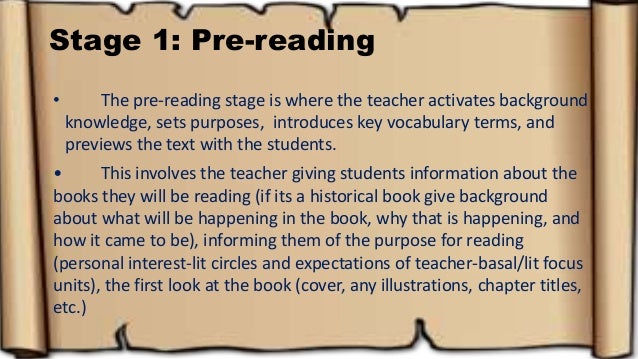
Non-standard forms of work with children's books bring positive results, increase interest in independent reading of books. In this direction, I am working closely with the school library.
My class has been attending the “Chitaika” circle for the third year already. This circle contributes to the expansion of the reader's space, the implementation of differentiated learning and the development of the individual capabilities of each child, the education of the student-reader. A circle lesson helps to solve the problems of the emotional, creative, literary, intellectual development of the child, as well as the problems of moral and ethical education, since reading for a child is both work, and creativity, and new discoveries, and pleasure and self-education.
Readers' conferences, oral journals, contests and quizzes, literary games, crossword contests, library lessons, trips through the pages of books, projects are held at the circle's classes.
At each lesson, work with the text is carried out, which contributes to the formation of reading competence.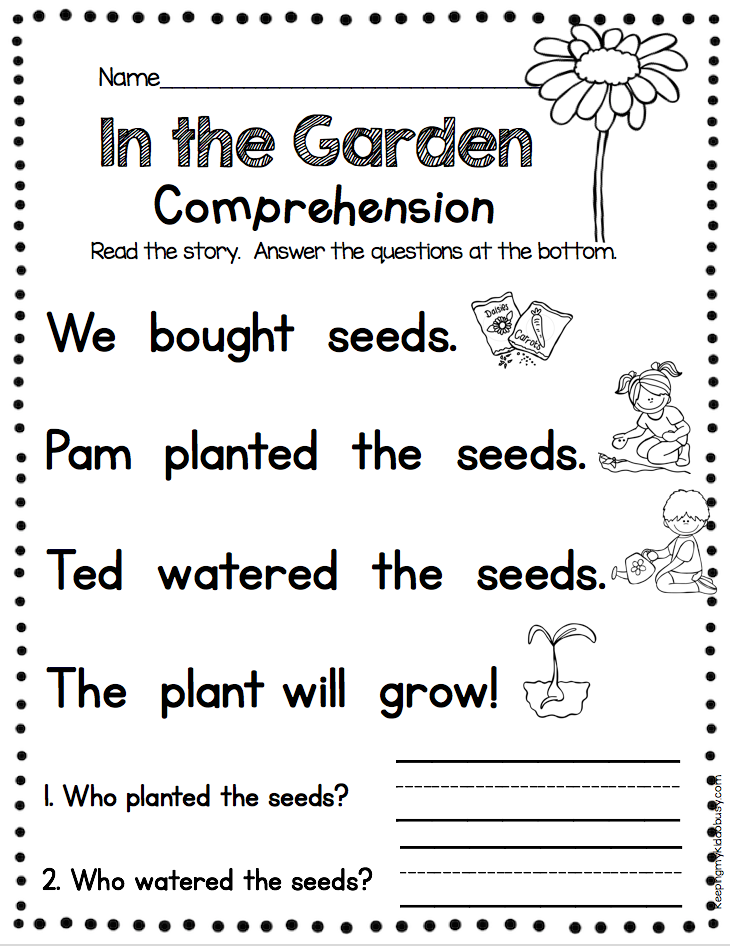 My third-graders for the third year are active readers not only in the school, but also in the district library.
My third-graders for the third year are active readers not only in the school, but also in the district library.
The technology of work on the formation of reading competence allows the use of non-standard forms of work in extracurricular activities. Last year I conducted the circle "Young Journalist". In the classroom, the children and I learned how newspapers are published, what material is placed. They themselves composed poems, counting rhymes for our newspapers. Were in the role of correspondents. This year I am leading the circles “How to read well” and “Through the pages of the Russian language”.
Circles are my assistants in the formation of reading competence. They allow me to develop the speech of students, increase the educational motivation of children and, most importantly, educate a competent reader.
The use of computer technology in teaching and extracurricular activities has allowed me to significantly increase the efficiency of work on raising interest in reading.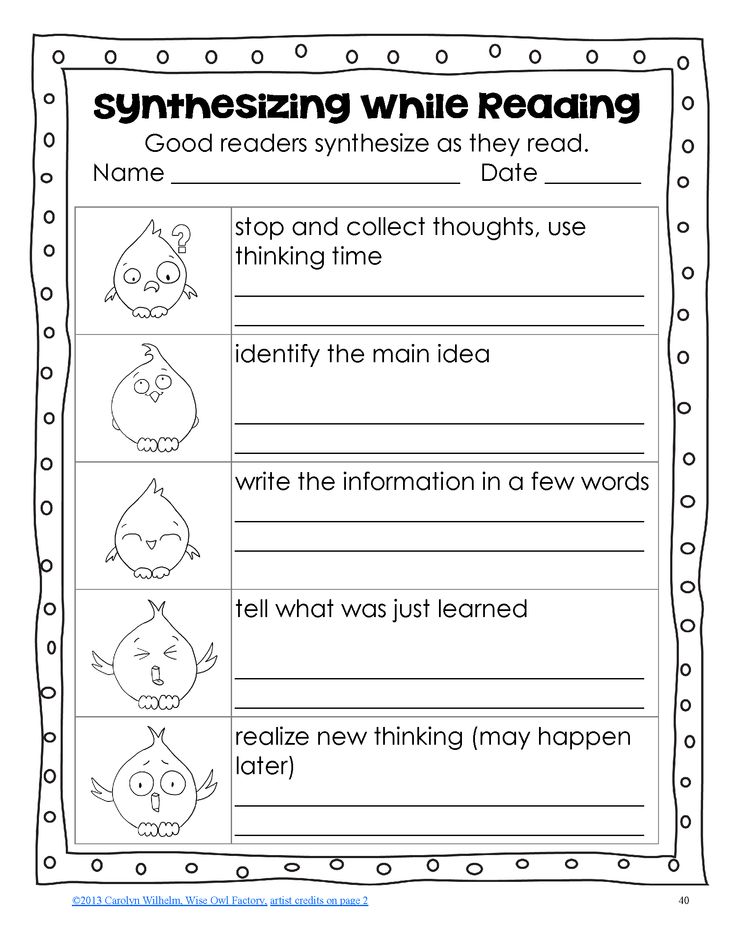 Using ICT, I conduct interesting, educational games, quizzes, various disputes, acquaintance of children with writers and their works, etc.
Using ICT, I conduct interesting, educational games, quizzes, various disputes, acquaintance of children with writers and their works, etc.
With the help of elders: teachers, librarians, parents, the guys show their creative abilities: they create their own illustrations for literary works, compose poems, write fairy tales, stories, reviews of books read, presentations for messages.
As actively as my children, I generalize the work on the formation of reading competence: at meetings of the CMO, unified methodological days, teachers' council. I willingly share my experience with my colleagues, I take something new from them for myself.
Participated:
- In a single methodological day "Fundamentals of semantic reading and working with text in the classroom and in extracurricular activities."
- At the meeting of the KMO “Diagnostics of the level of formation of universal educational activities. Creation of a bank of tasks for tracking meta-subject results.

- Speech at the teachers' council on the topic "Organization of work with text in elementary school"
Zambatsevichene "Methodology for the study of verbal-logical thinking".
The first subtest includes tasks that require schoolchildren to have the skills to differentiate essential and non-essential features of objects and simple concepts. According to the results of the subtest, one can also judge the vocabulary of schoolchildren.
The second subtest is a verbal variant of the method of eliminating the "fifth extra". The results of its implementation make it possible to judge the level of formation of operations of generalization, abstraction, selection of essential features of objects and phenomena.
Third subtest - tasks for inference by analogy. They require mental skills to establish relationships and logical connections between concepts.
The fourth subtest is also aimed at studying the most important operation of generalization for this stage of intellectual development.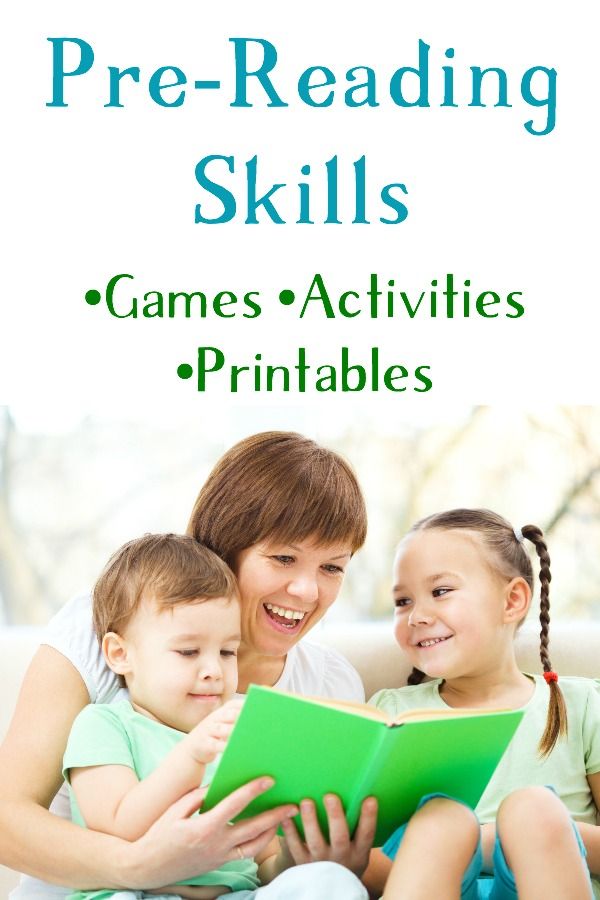
Diagram 2
Diagnostics shows the dynamics of students' development. Already by the end of the first grade, 6 people had a low level compared to the beginning of the year - 12 people. A high level was achieved by 8 students compared to the beginning of the year - 3 people.
Conclusion: students are able to read information from the text, given explicitly and implicitly. They are able to extract information from diagrams, texts, tables, illustrations. The ability to work with a phrase is introduced in the third grade, so it is still difficult for children. We will work on it by the end of the year.
Conclusion: this monitoring shows that the reading technique has a constant dynamics, this is facilitated by the work on the formation of reading competence. Children read with pleasure, discuss the books they have read, and advise their peers to read the books that interest them.
Thus, the formation of reading competence gives the following results:
- students are able to independently choose books to read,
- extract interesting and useful information from texts,
- the reading technique improves,
- the vocabulary of students increases,
- the motivation increases to reading books.

It has been proved that readers, unlike non-readers, are able to think in the category of problems, have a large memory capacity and active creative imagination, and have a better command of speech. Reading children are the key to the success of the nation in the future.
.
Literature
- Bityanova MR, Azarova Zh.V., Afanasyeva E.I., Vasilieva N.L. "The work of a psychologist in elementary school", Moscow, "Perfection", 1998.
- Soboleva O.V. Conversations about reading, or How to teach children to understand the text: a manual for a primary school teacher. - M: Balass, 2012
- Exemplary programs in academic subjects. Elementary School. At 2 p.m. Part 1. - 5th ed. revised. – M.: Enlightenment, 2011.- 400 p. – (Standards of the second generation). February 8, 2012
Author:
Pustueva V.G.
Improving the reading skills of younger students in extracurricular activities
%PDF-1.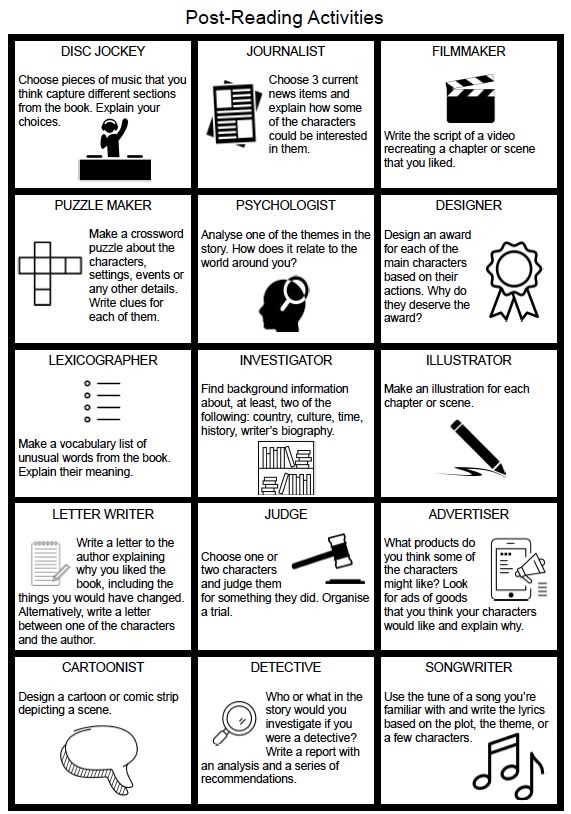 5 % 10 obj > /Metadata 4 0 R >> endobj 5 0 obj /Title >> endobj 20 obj > endobj 3 0 obj > endobj 40 obj > stream
5 % 10 obj > /Metadata 4 0 R >> endobj 5 0 obj /Title >> endobj 20 obj > endobj 3 0 obj > endobj 40 obj > stream

